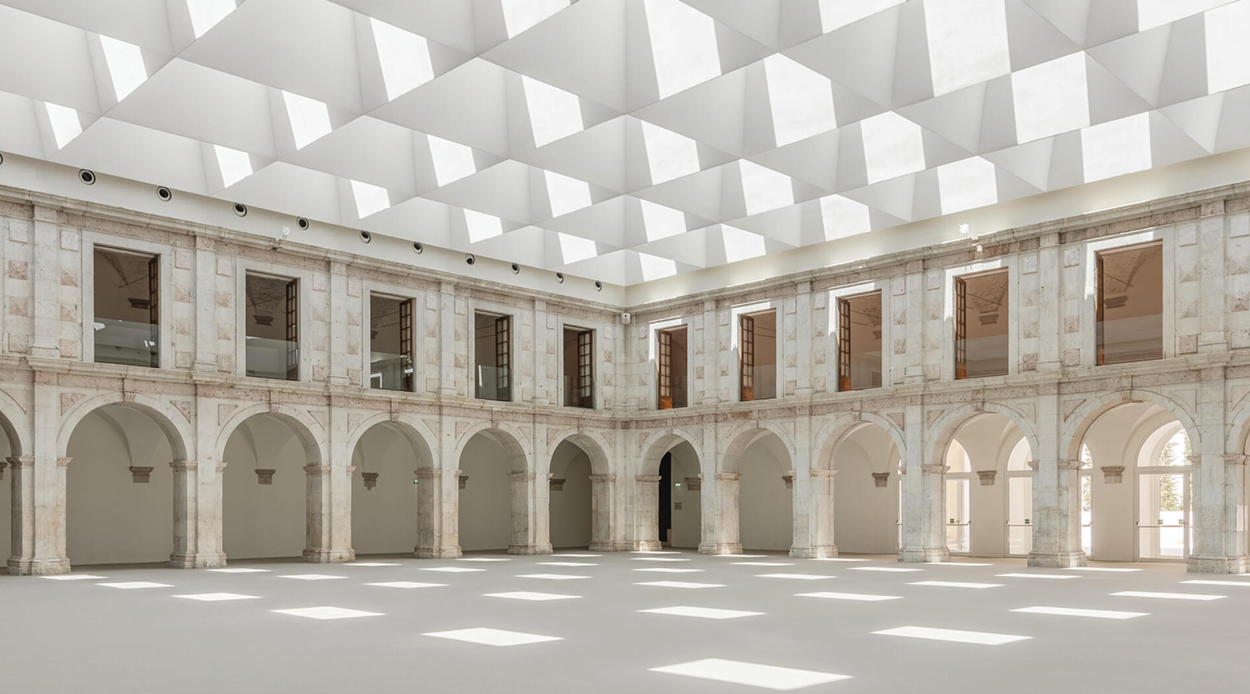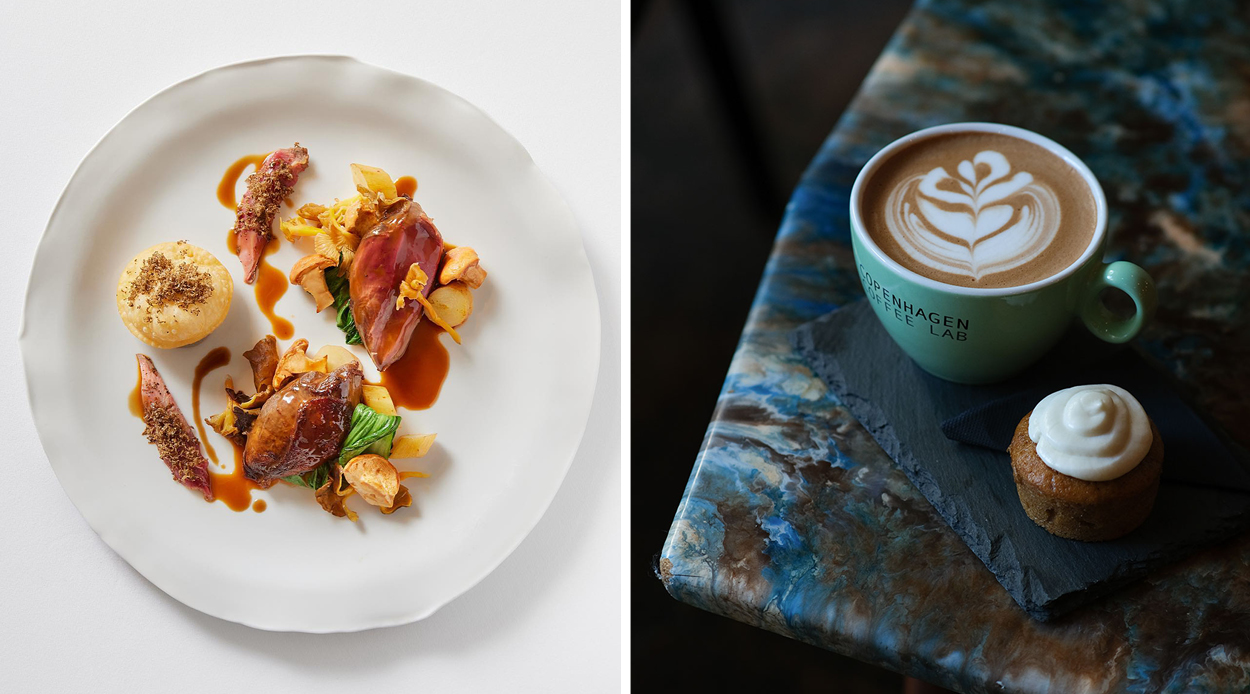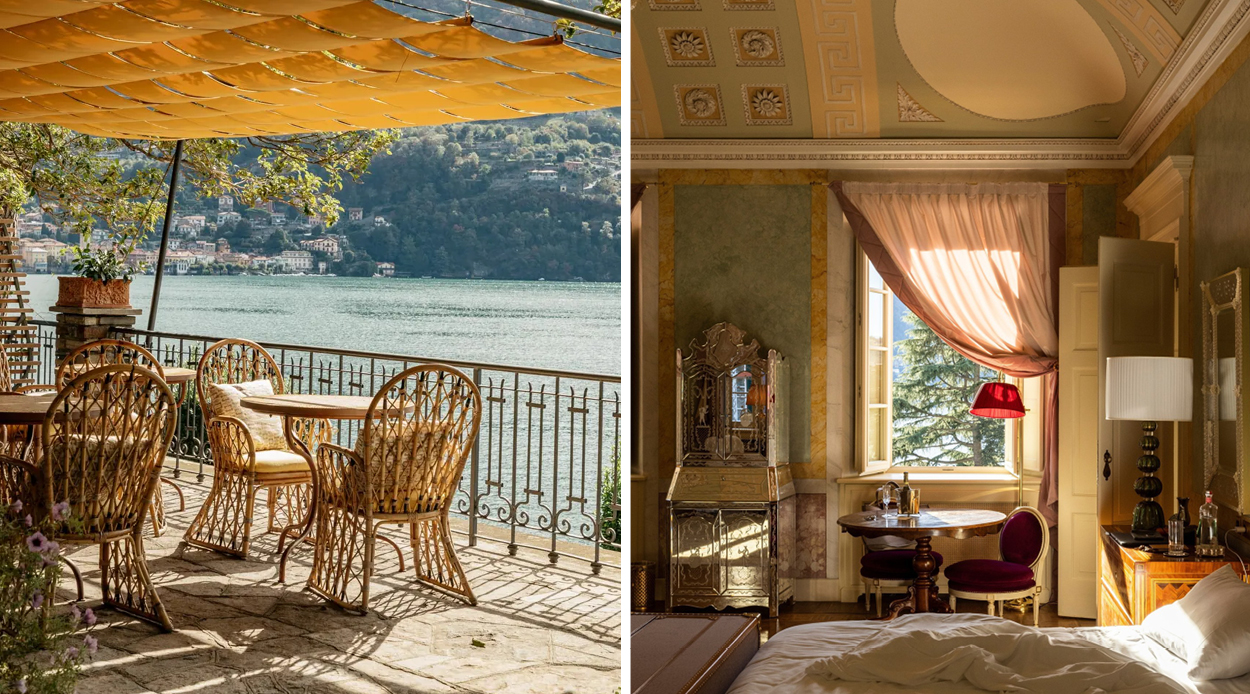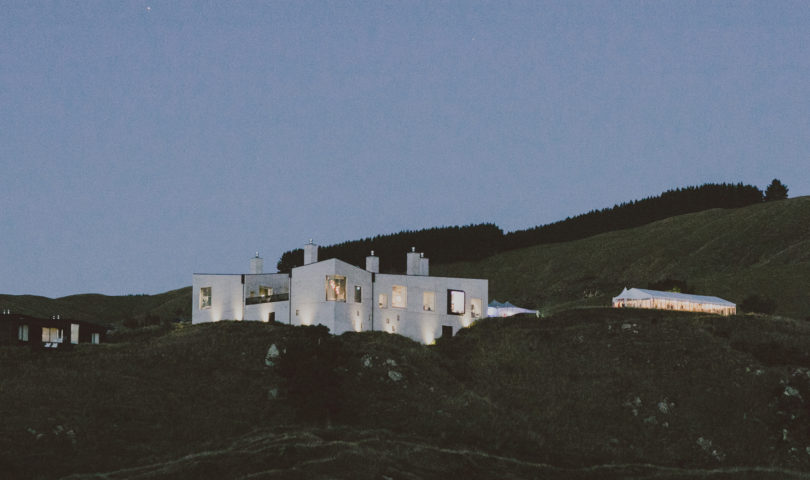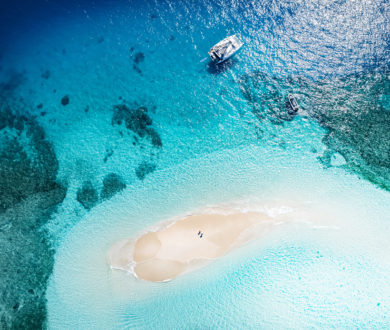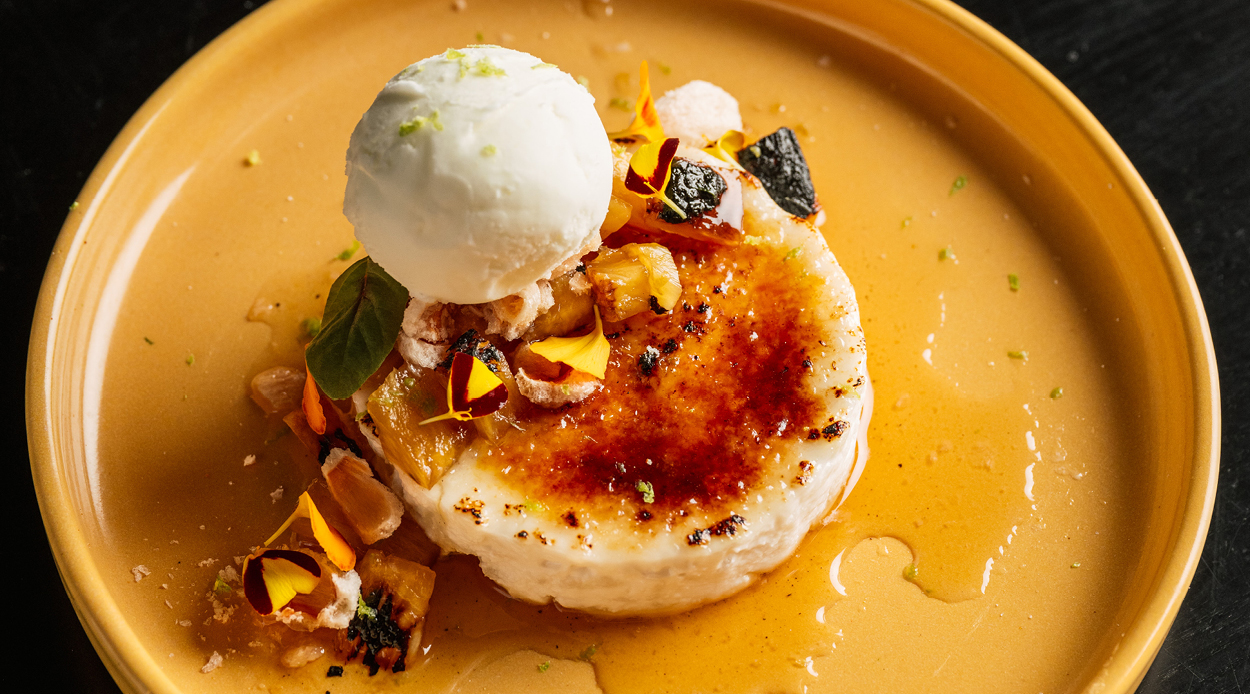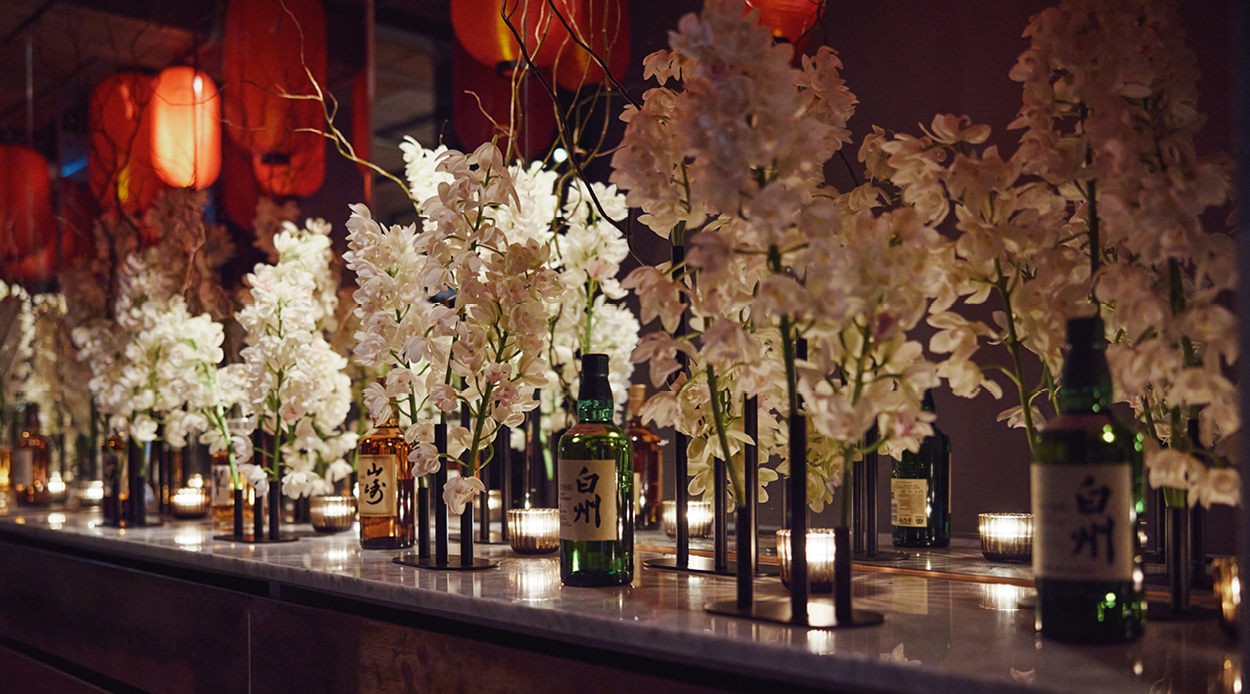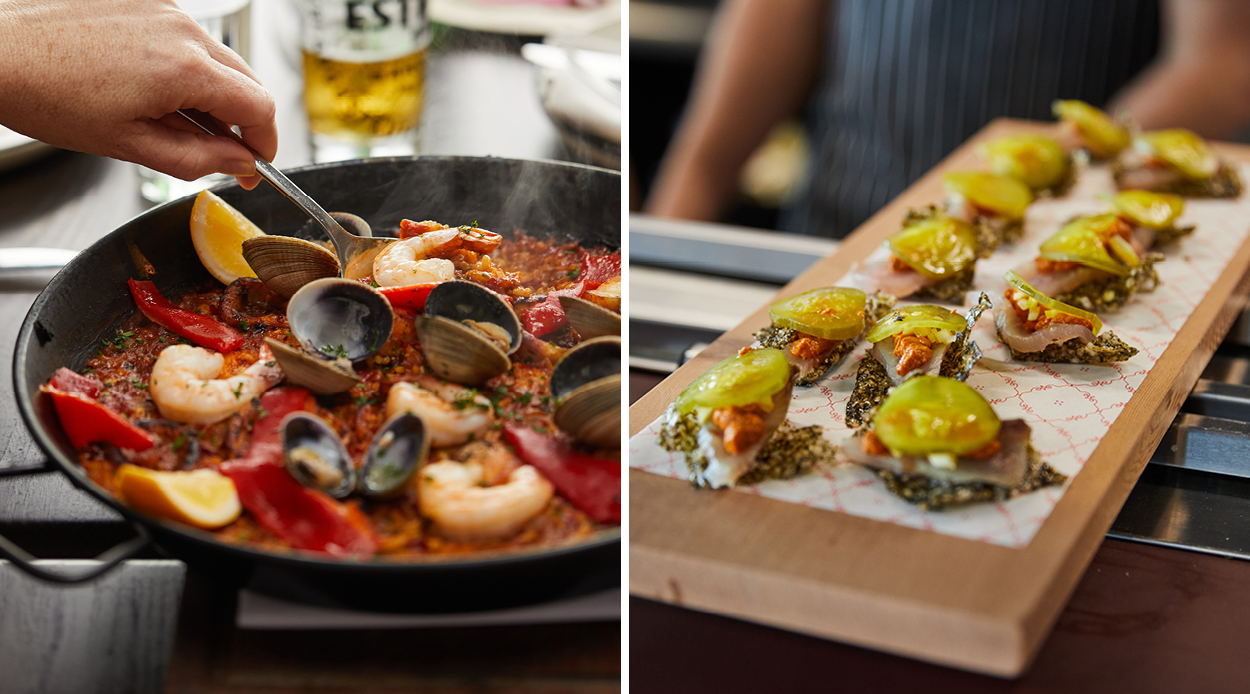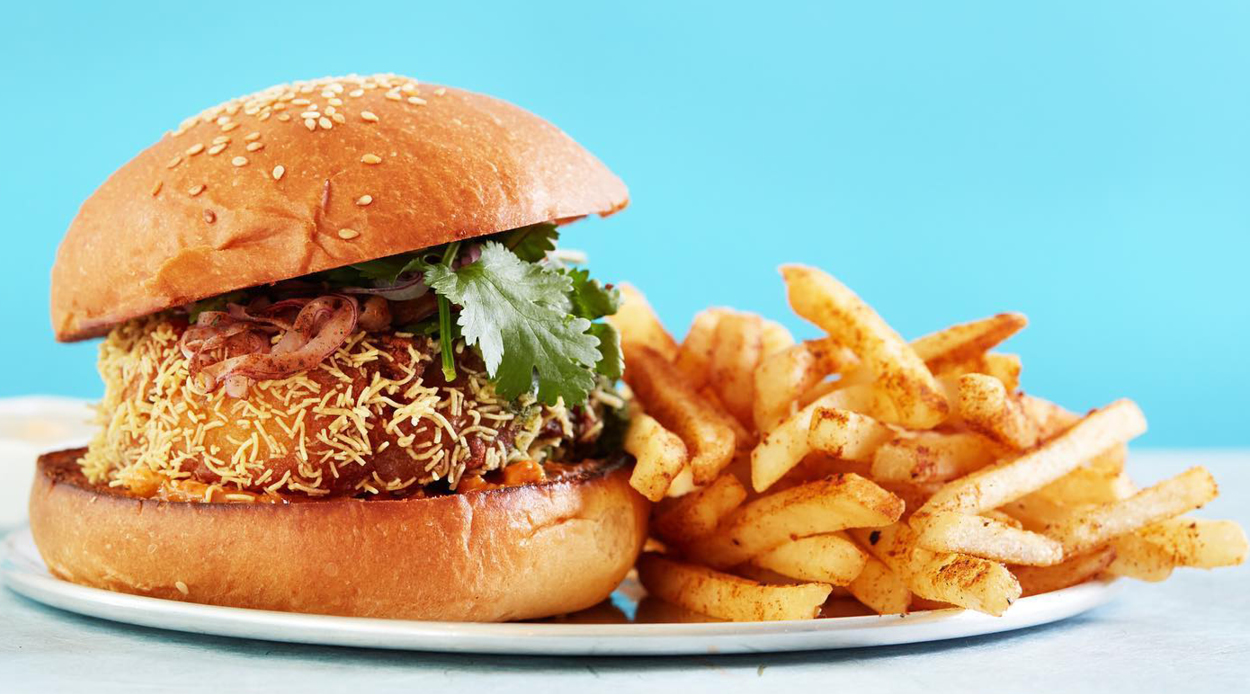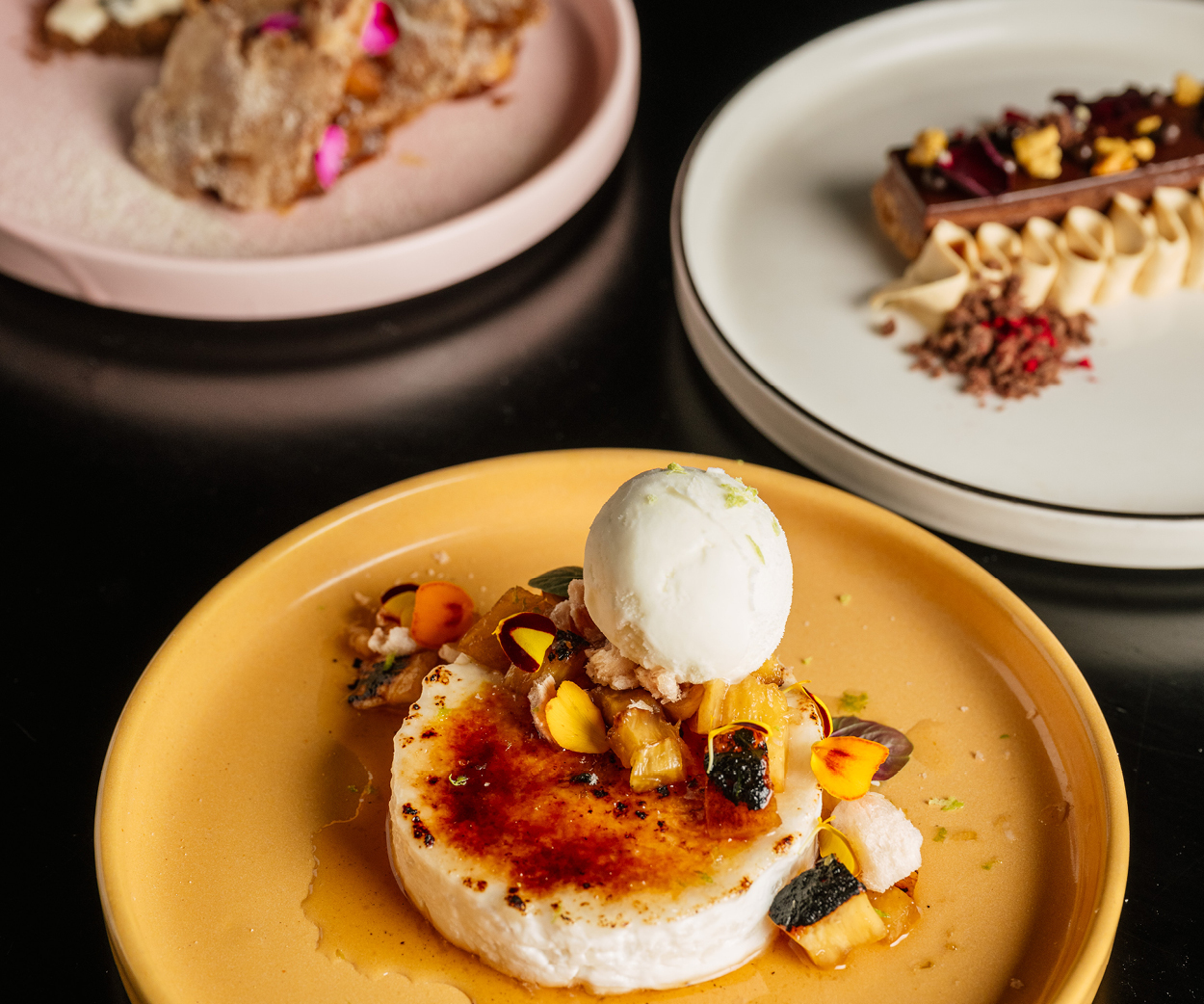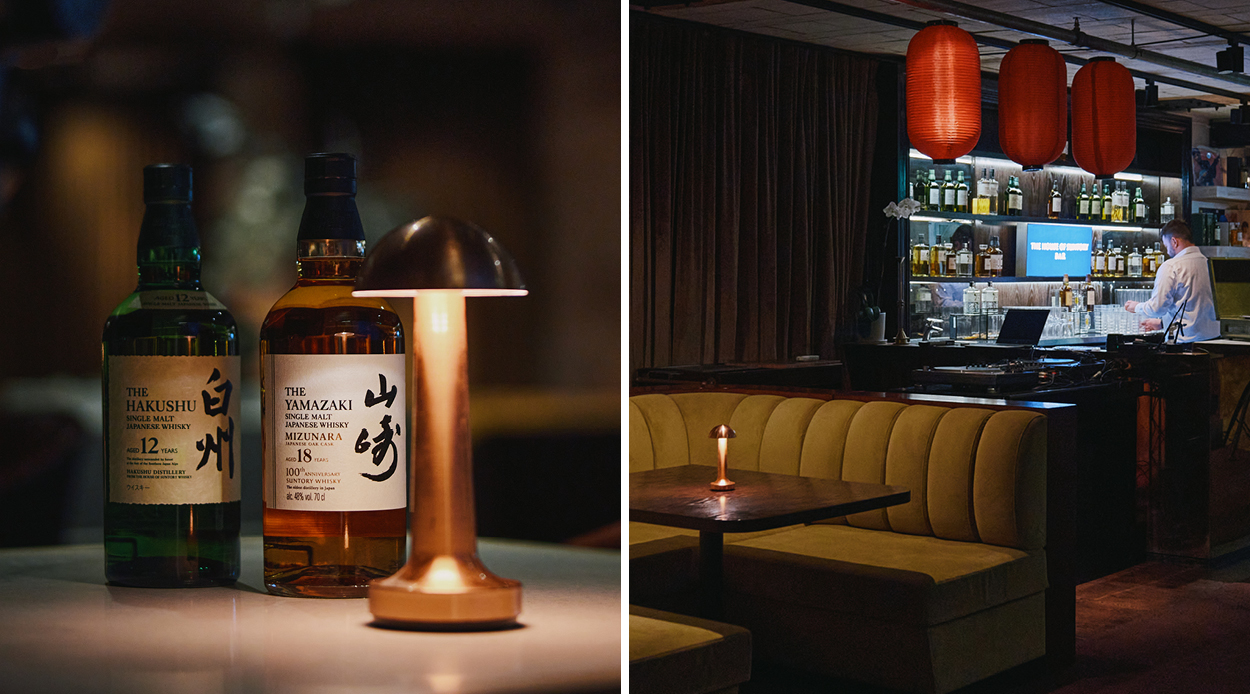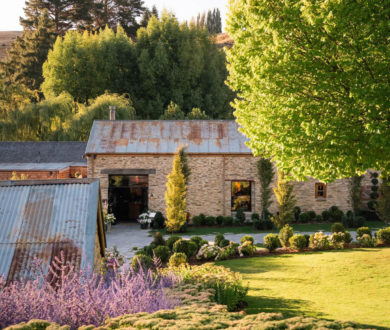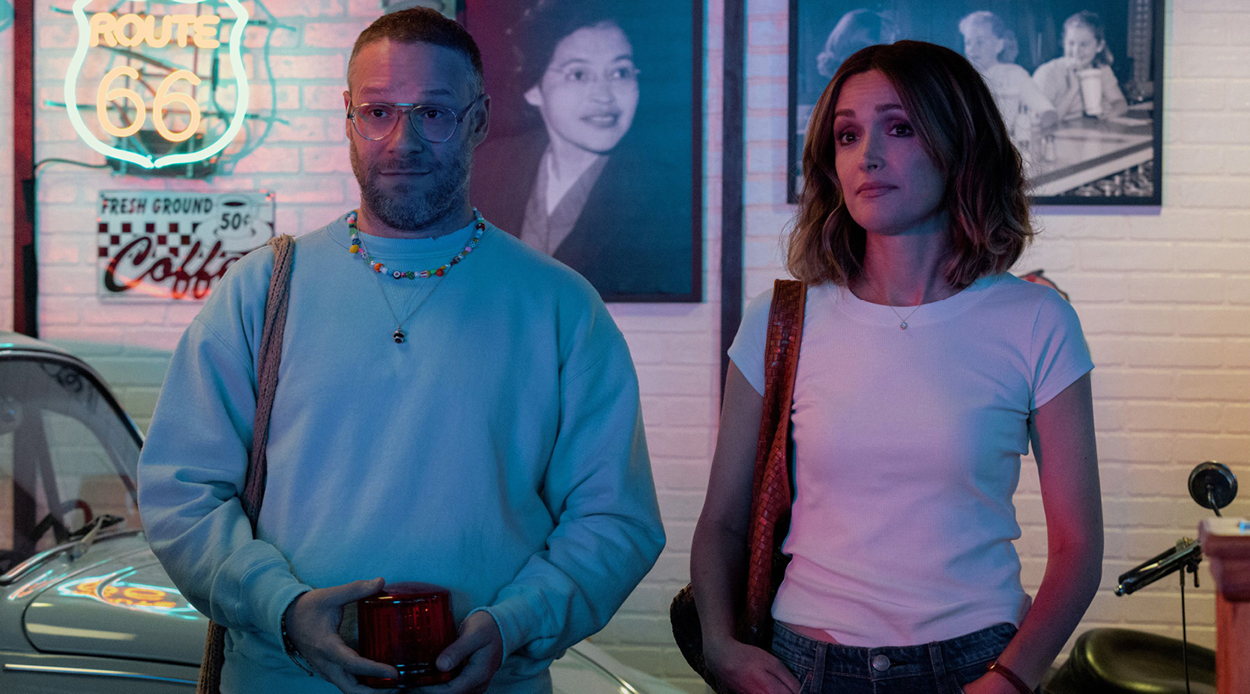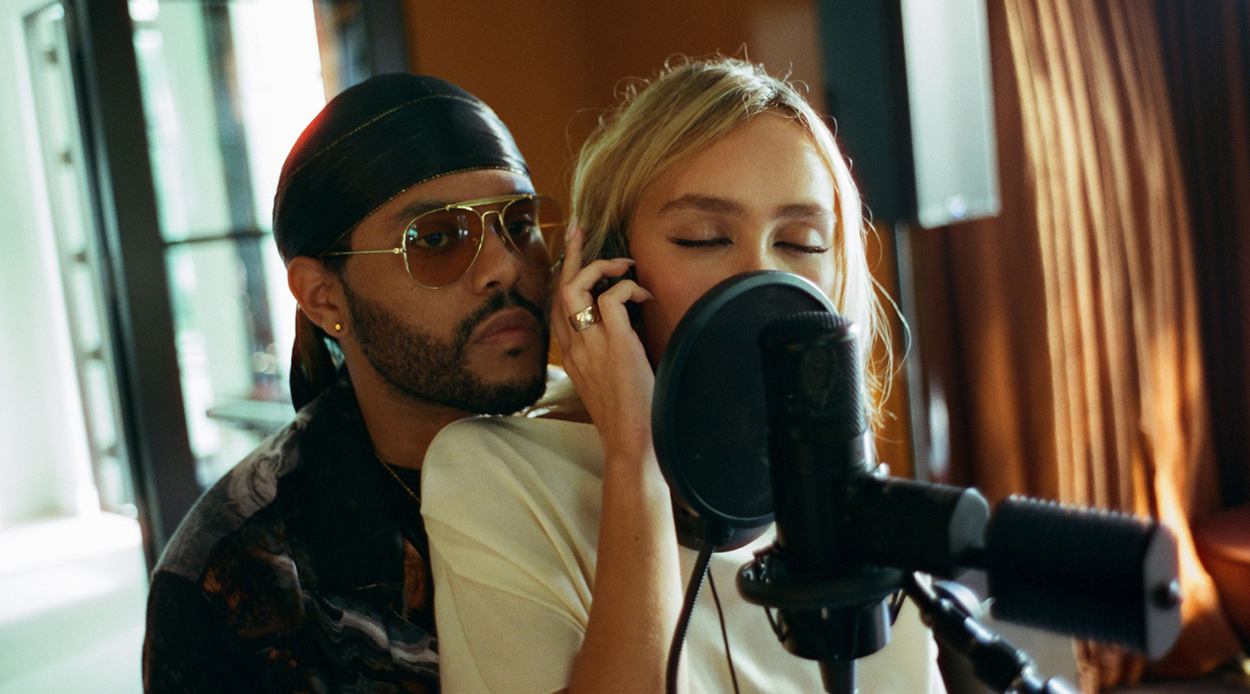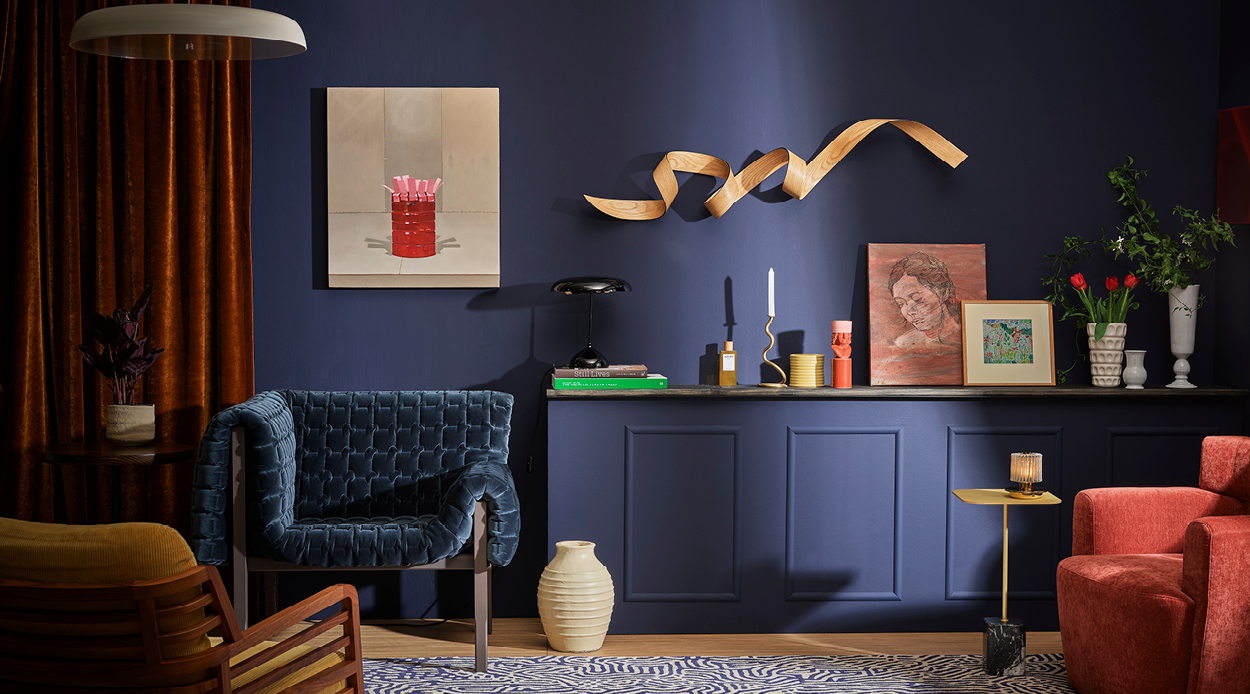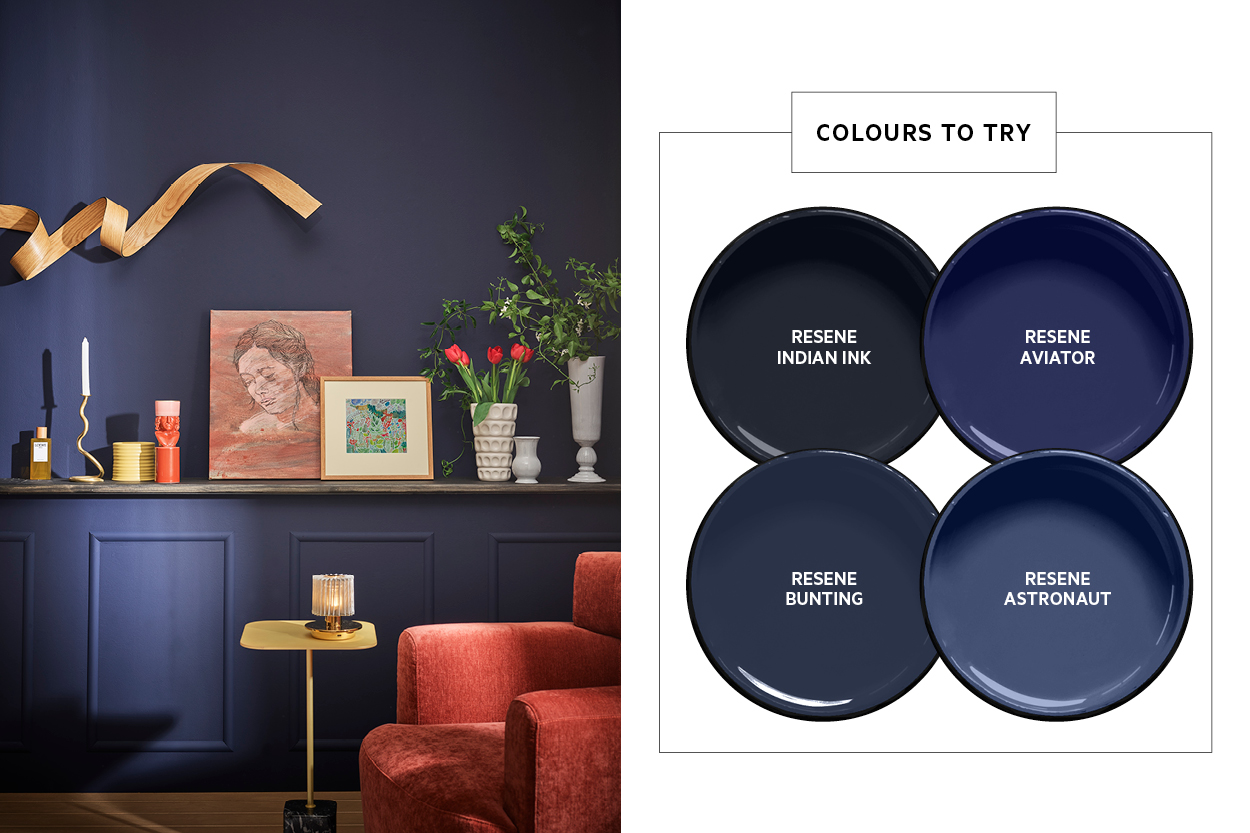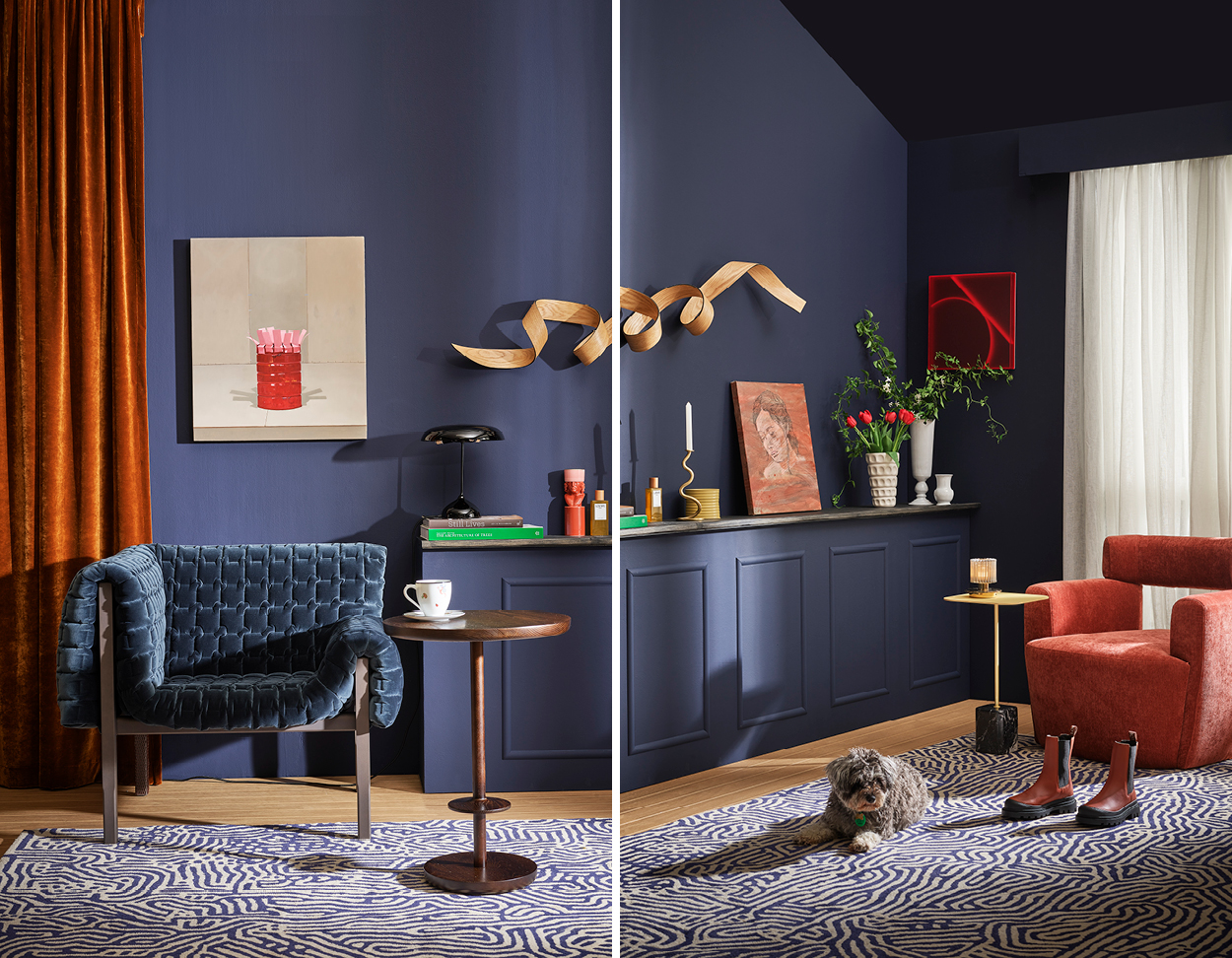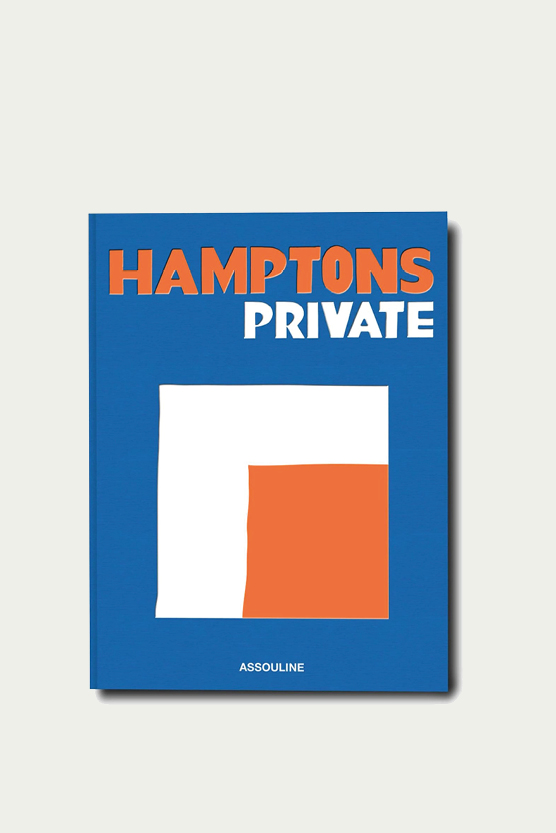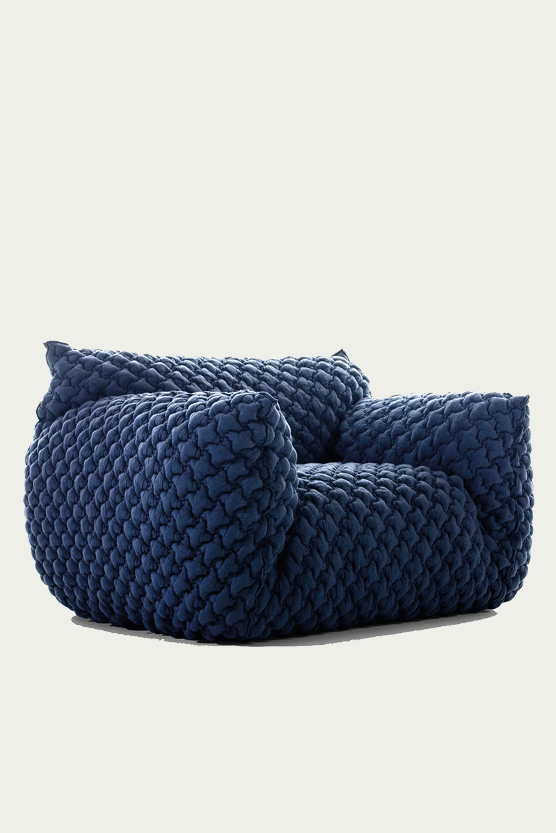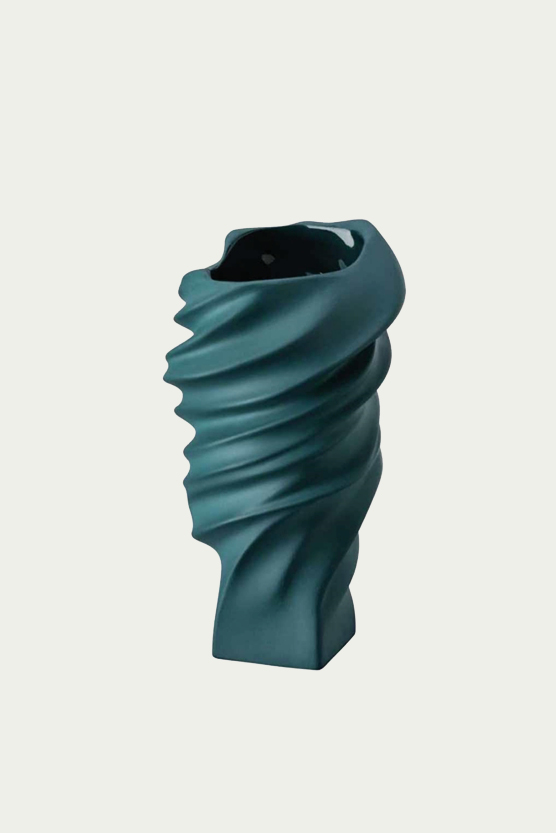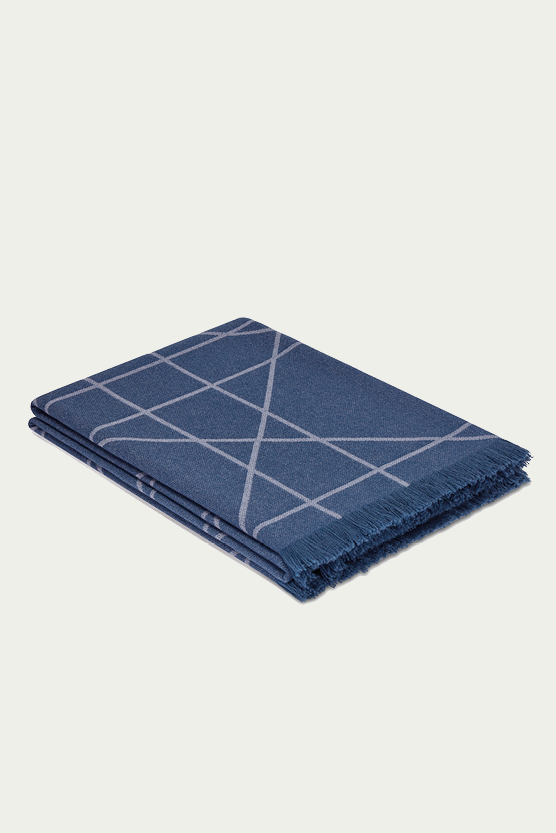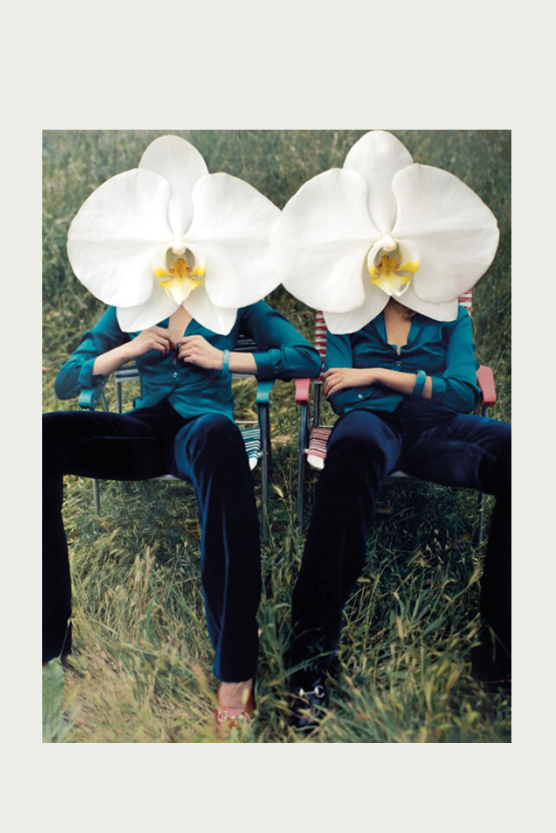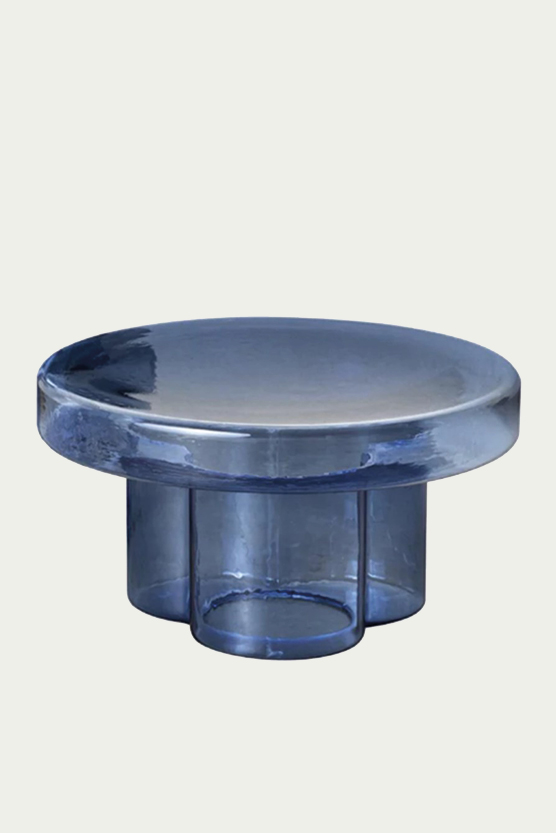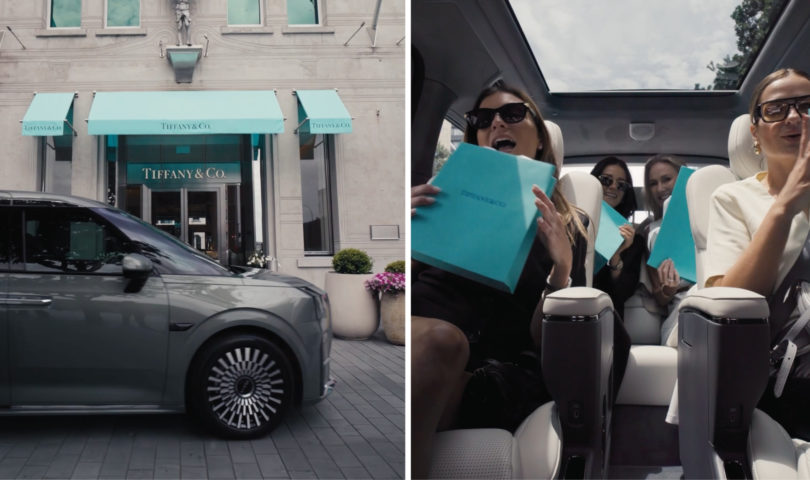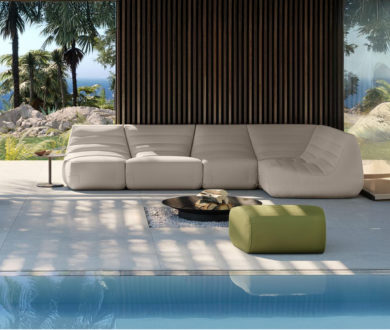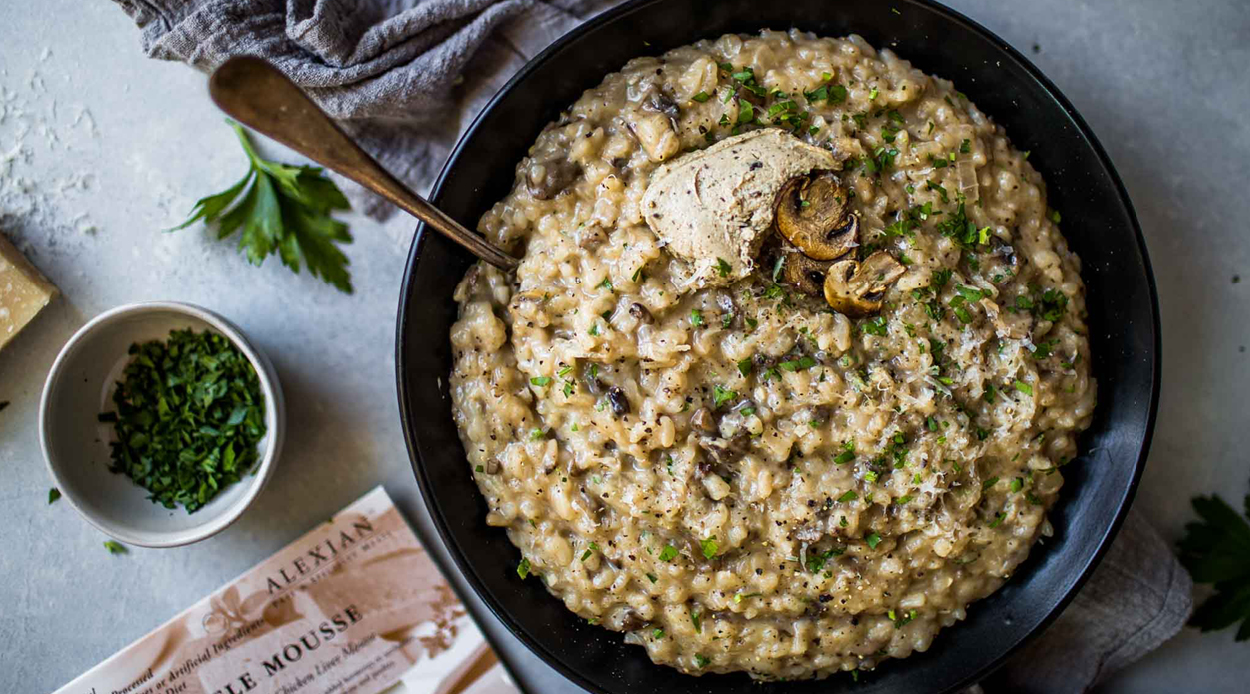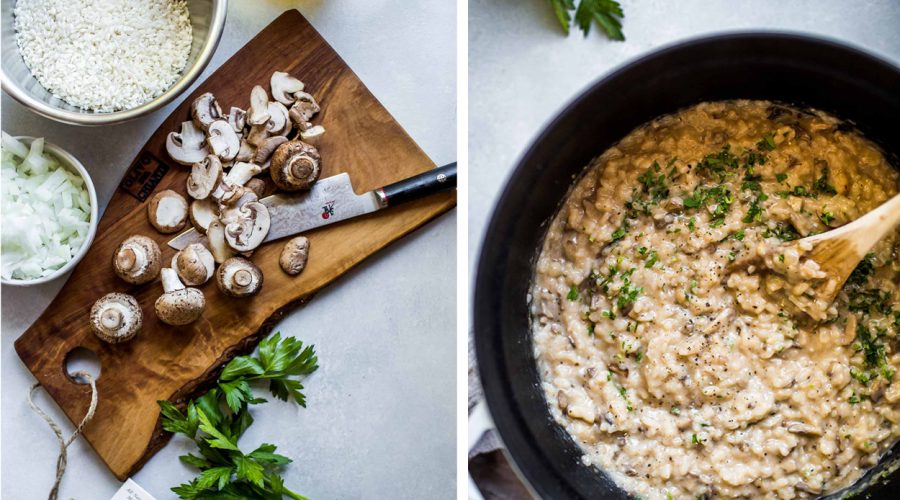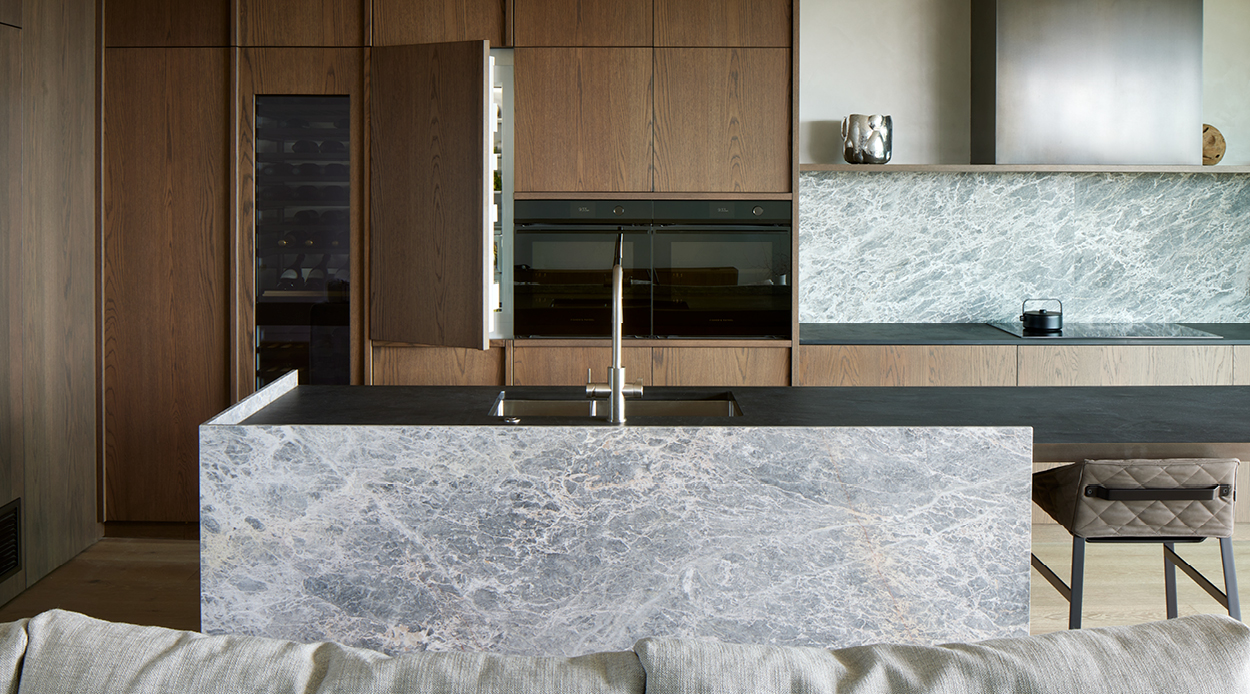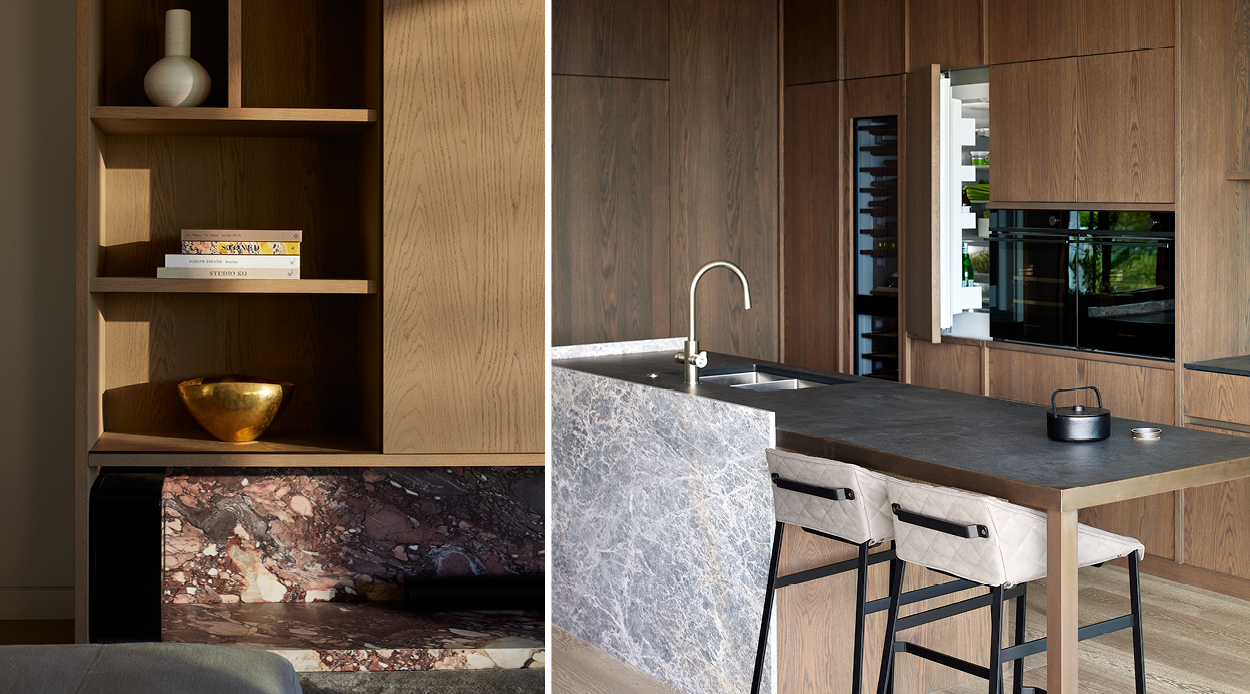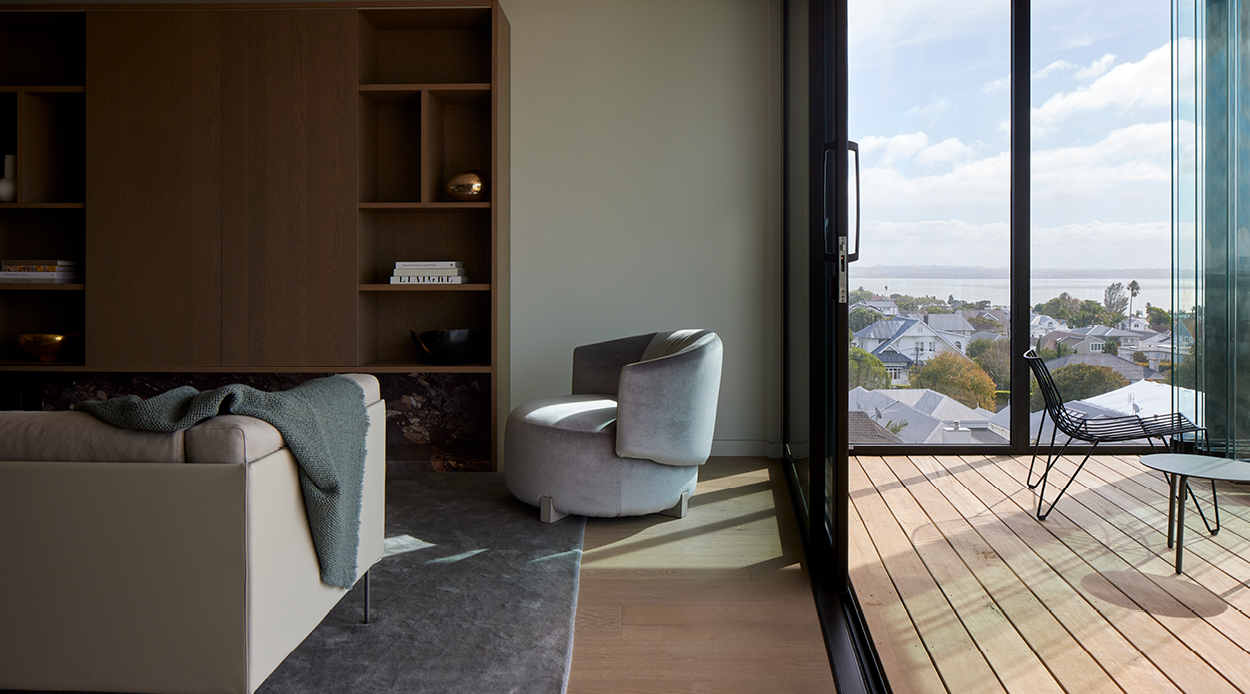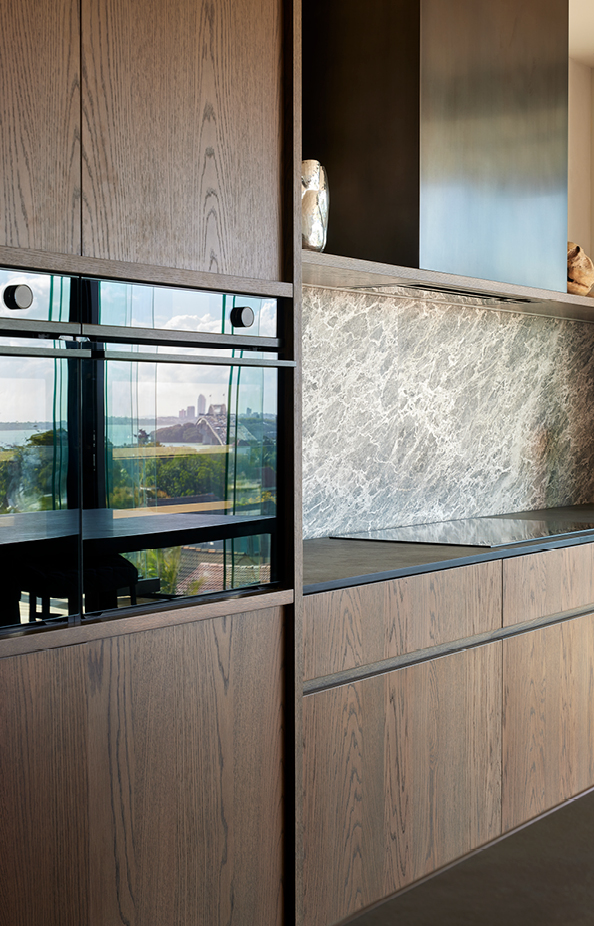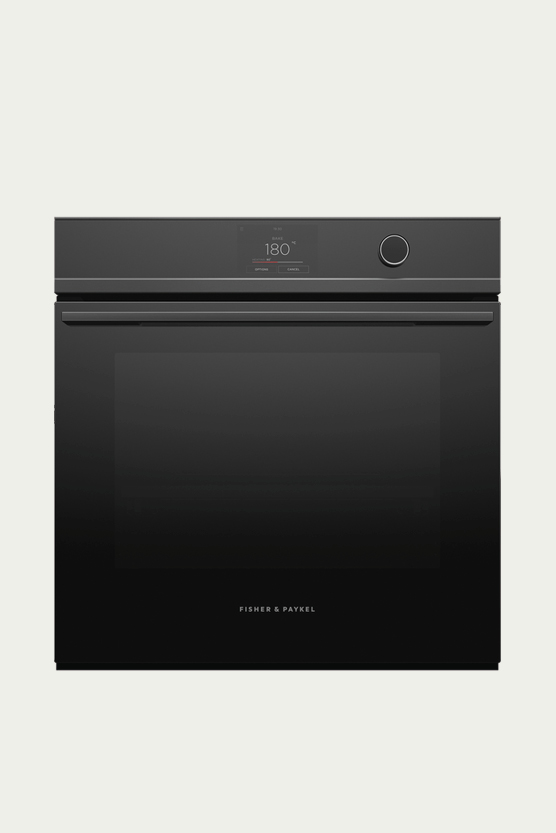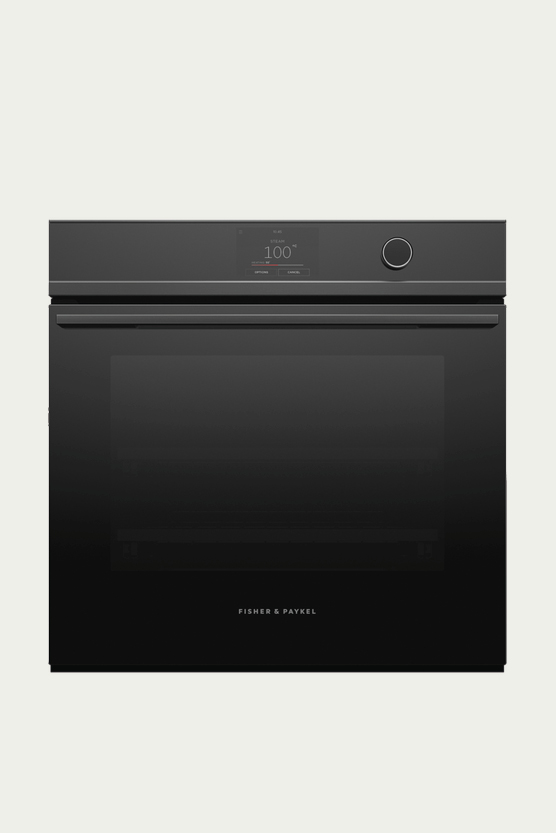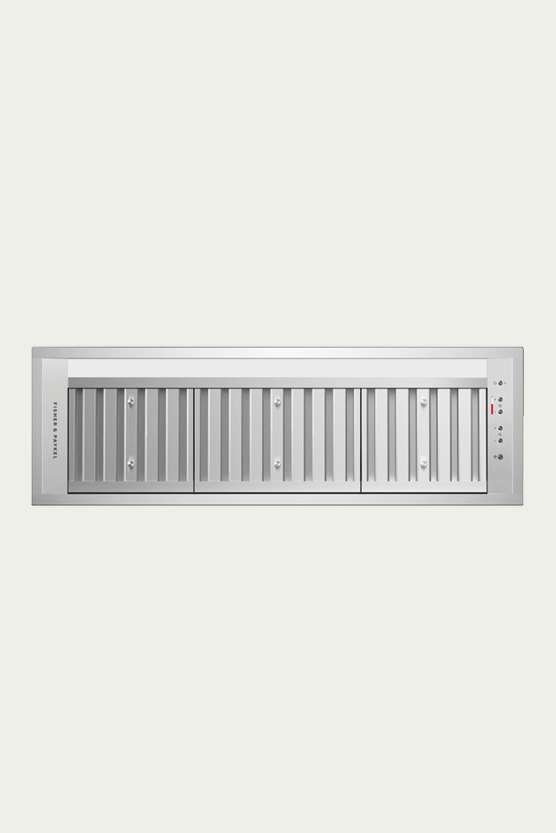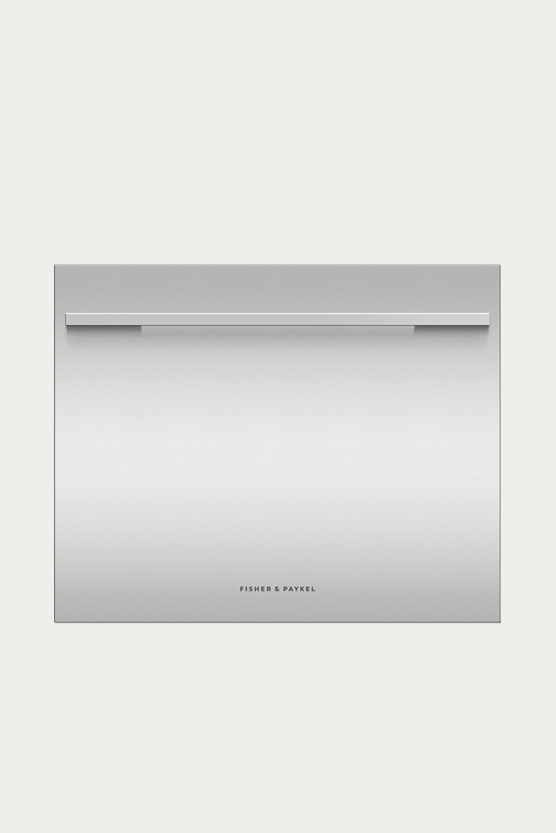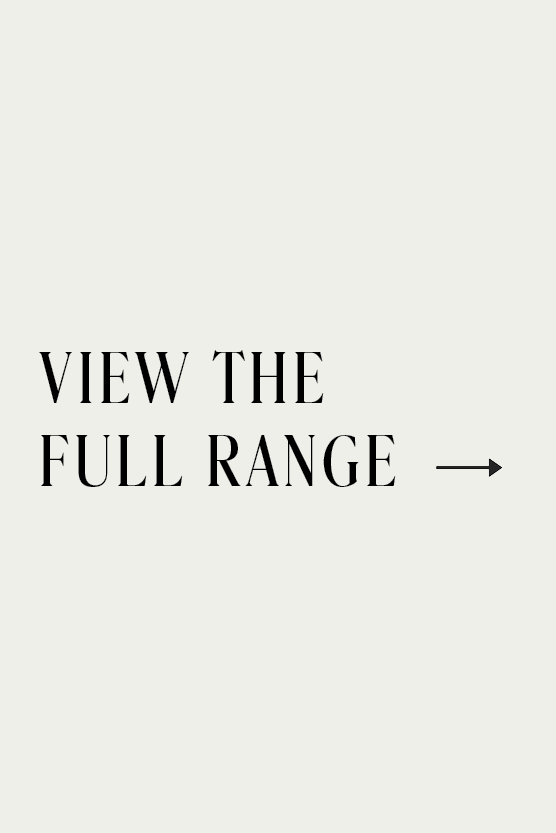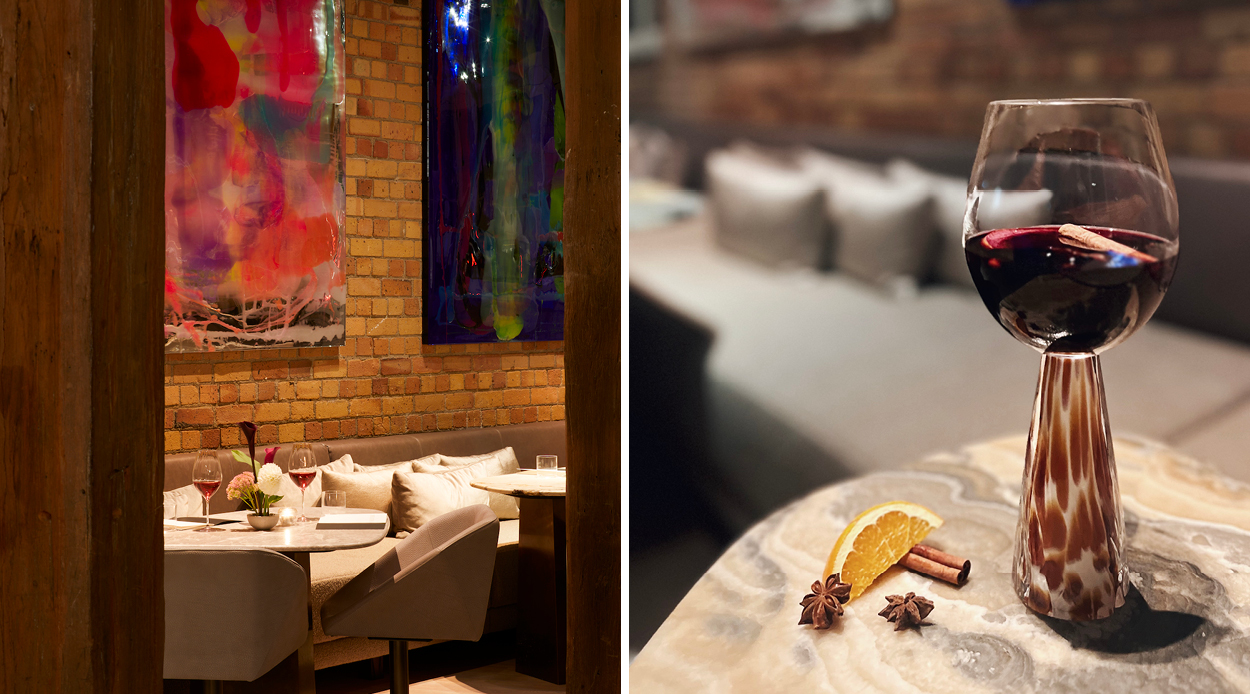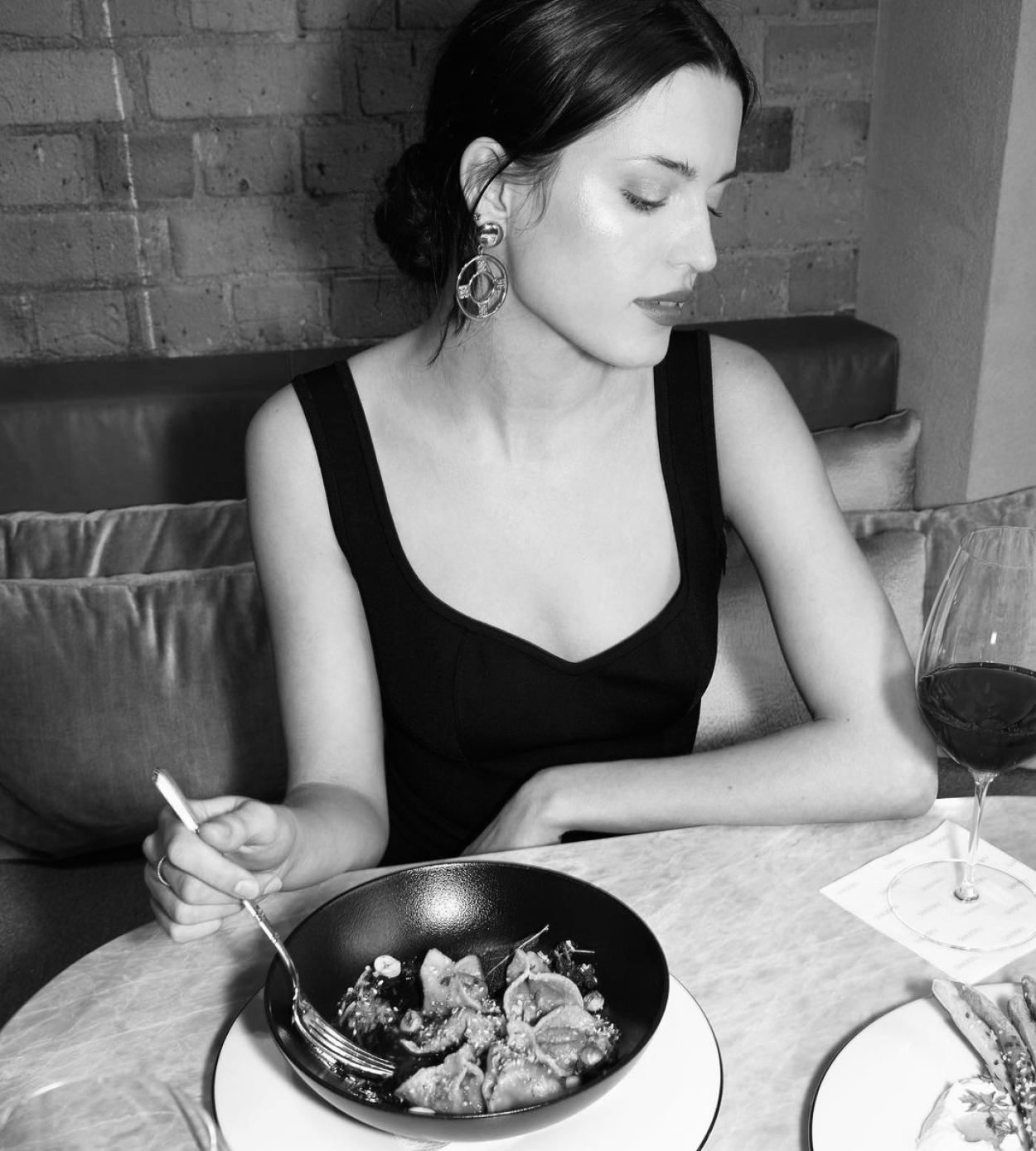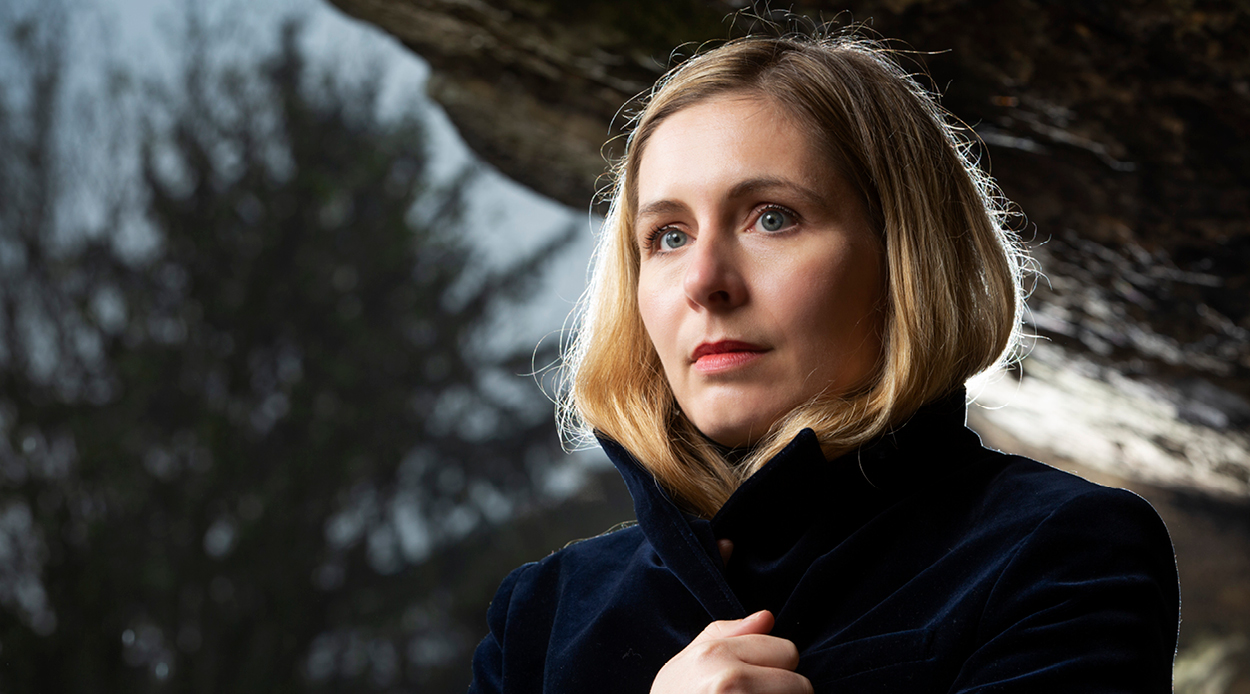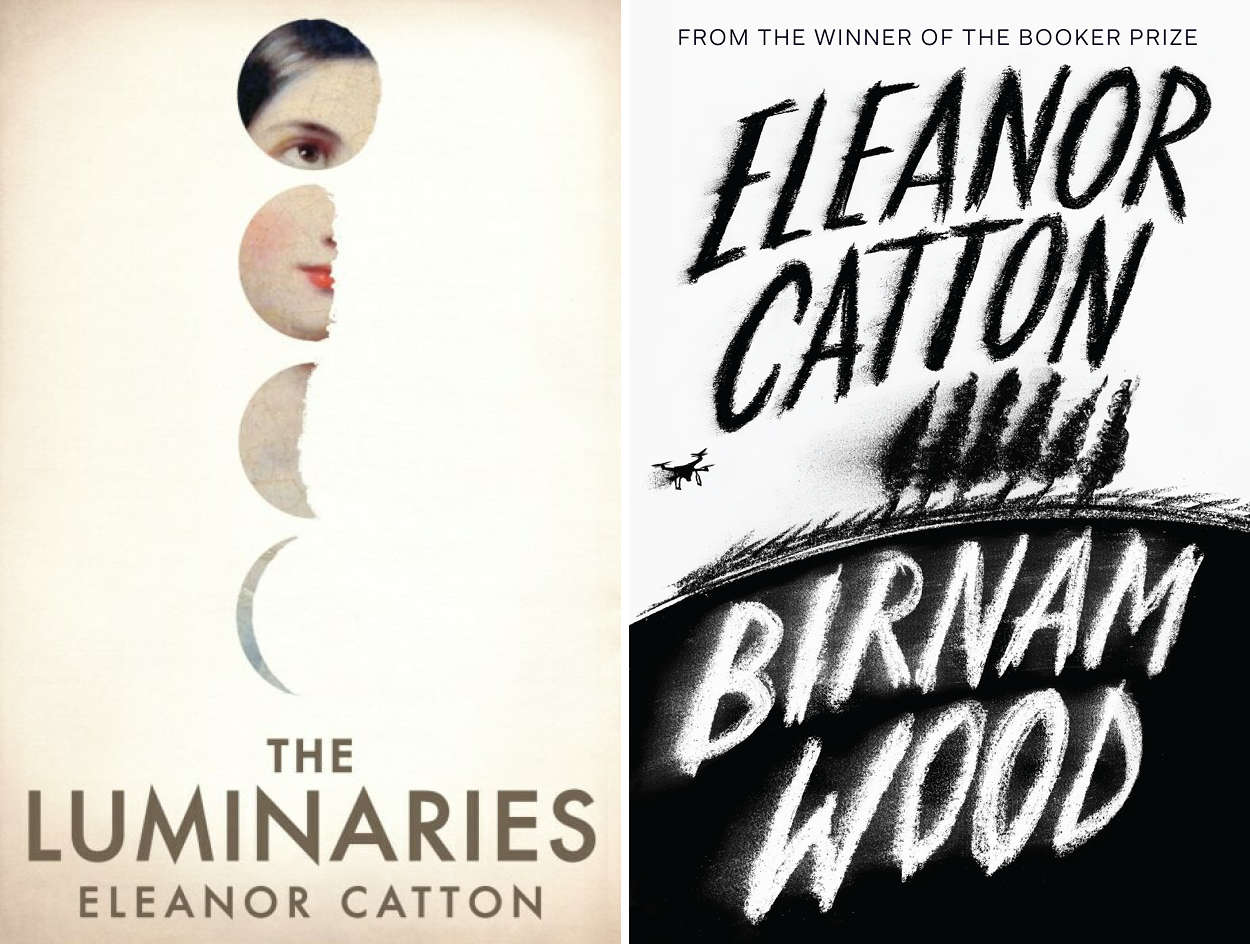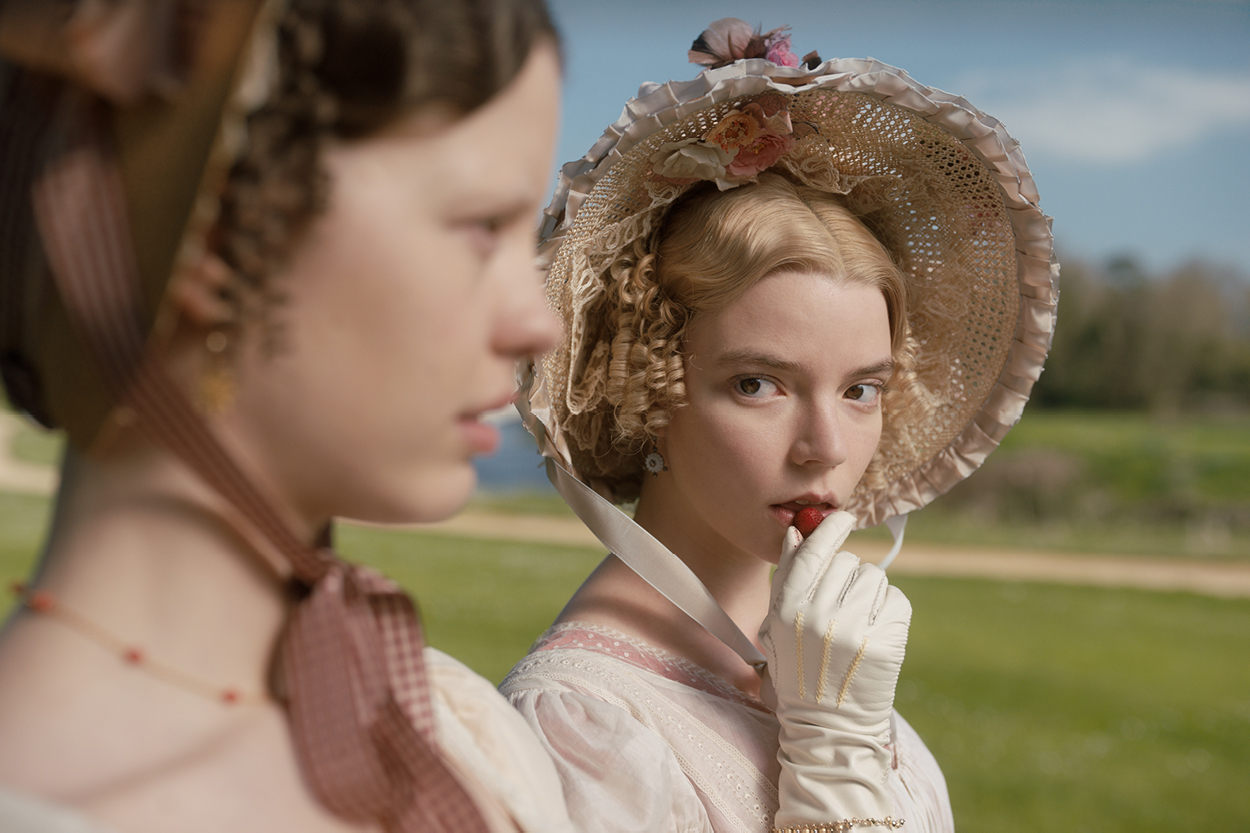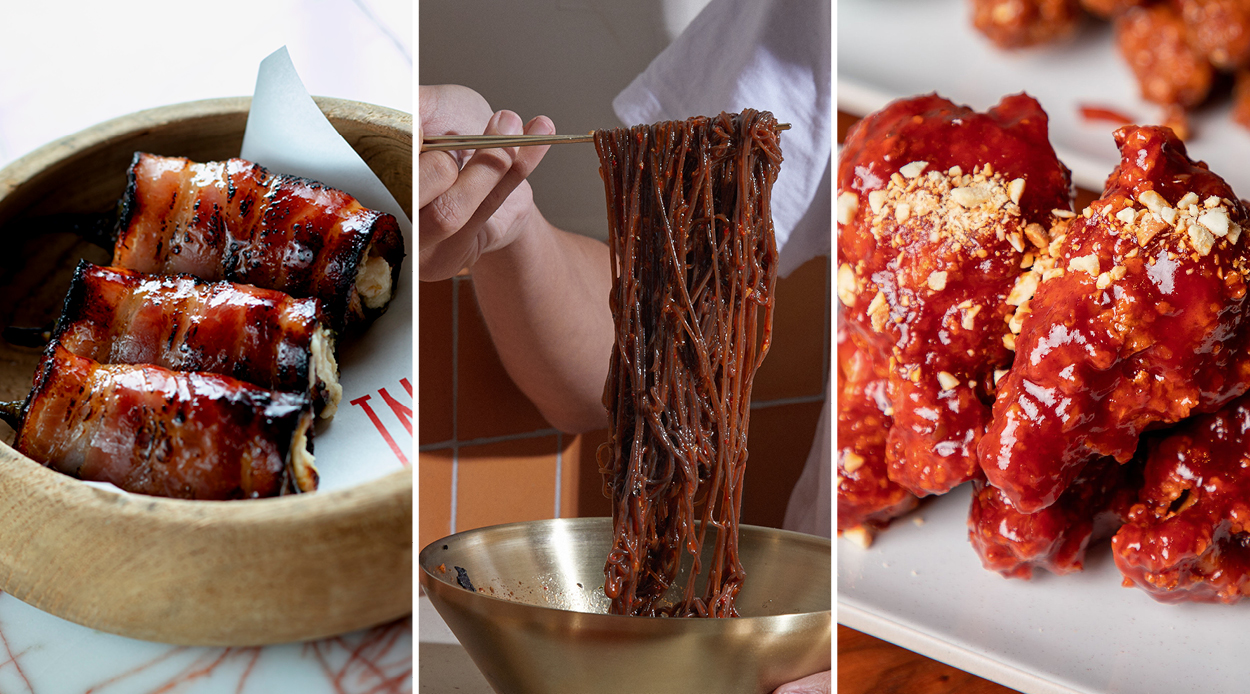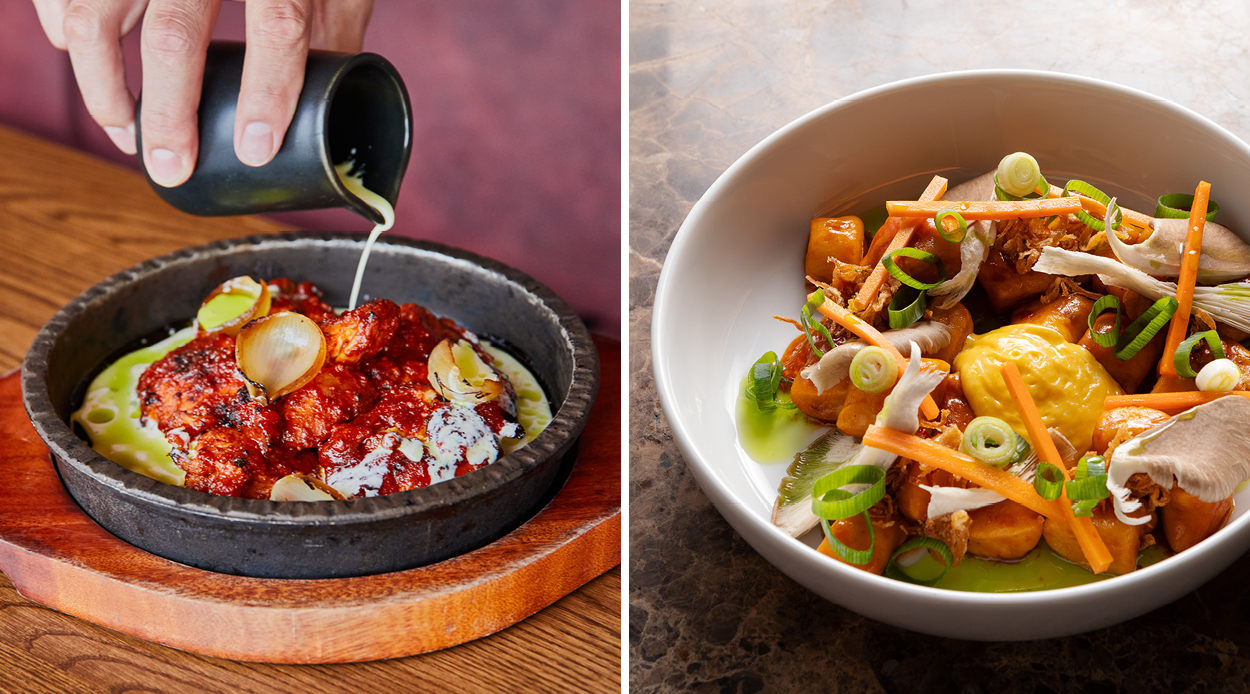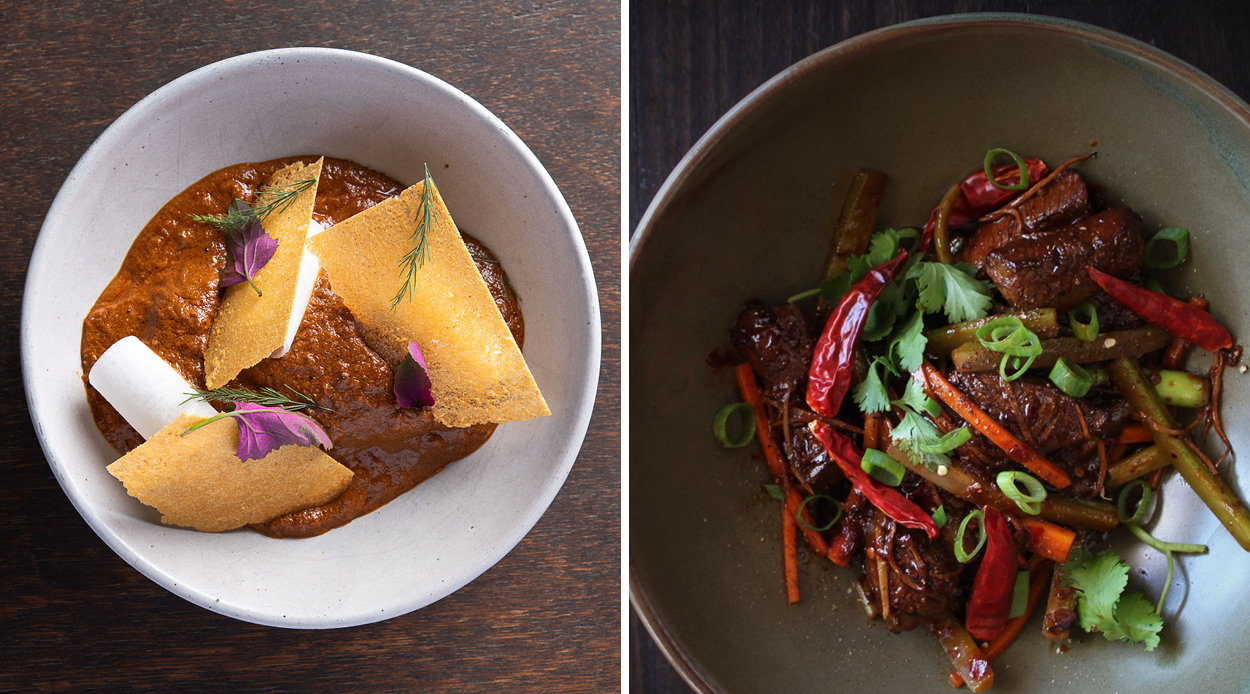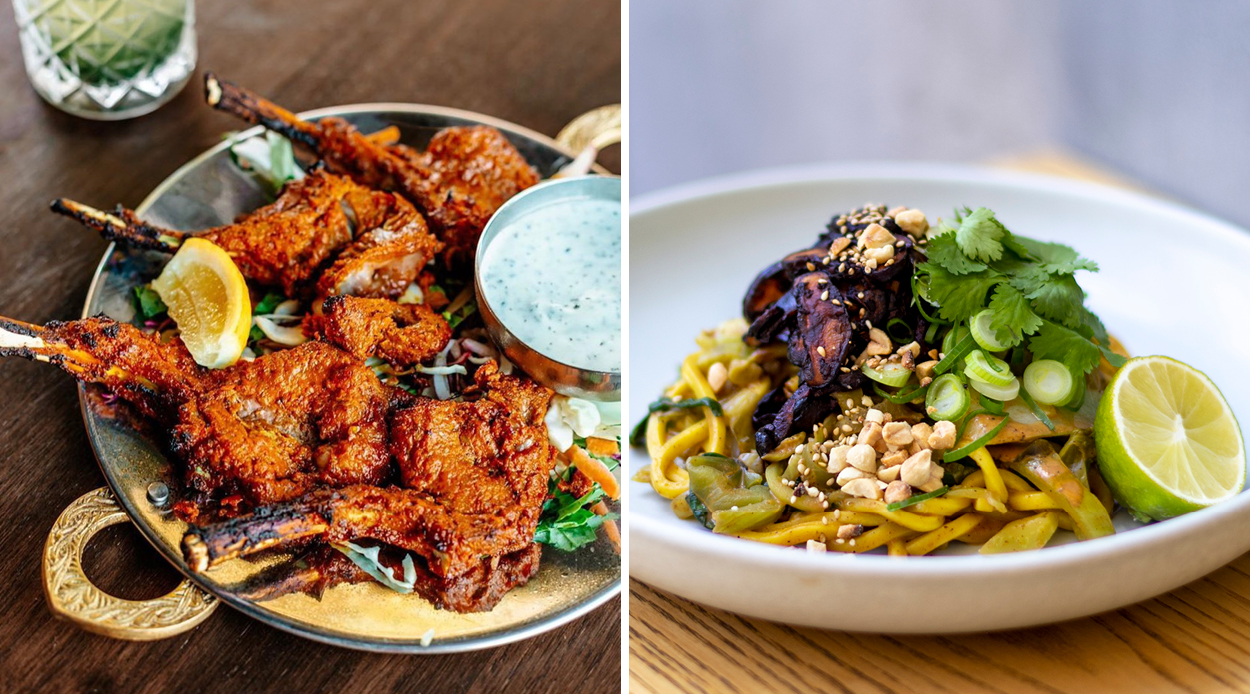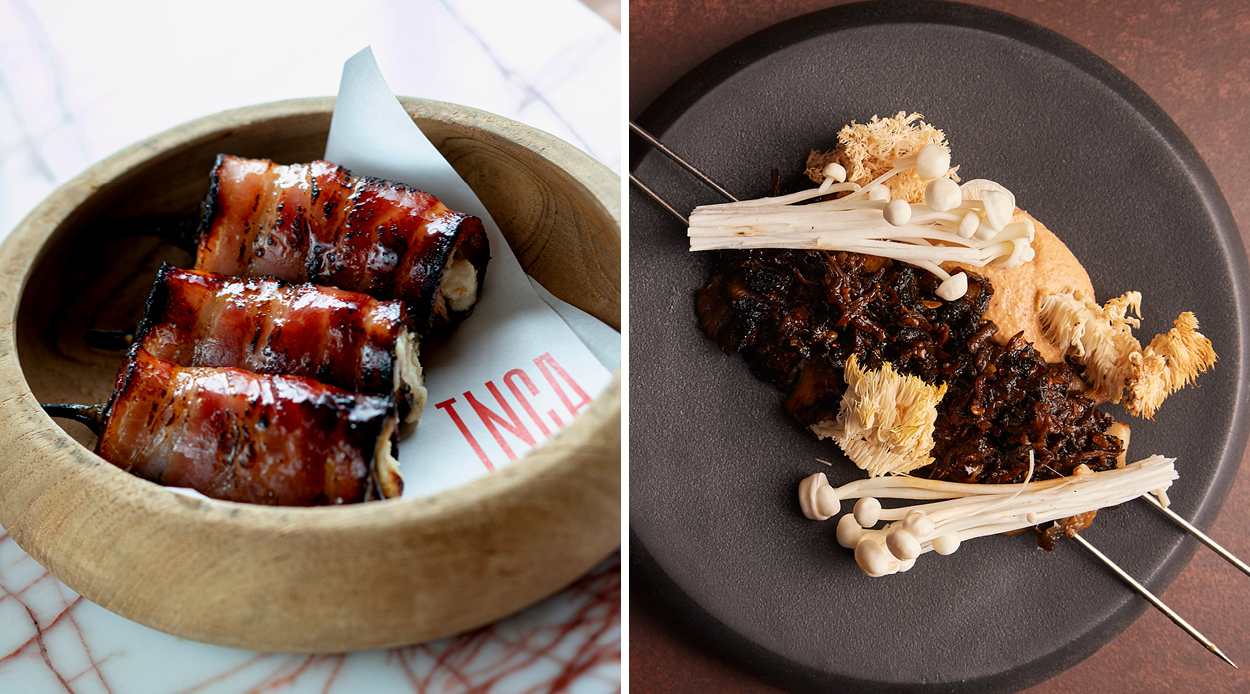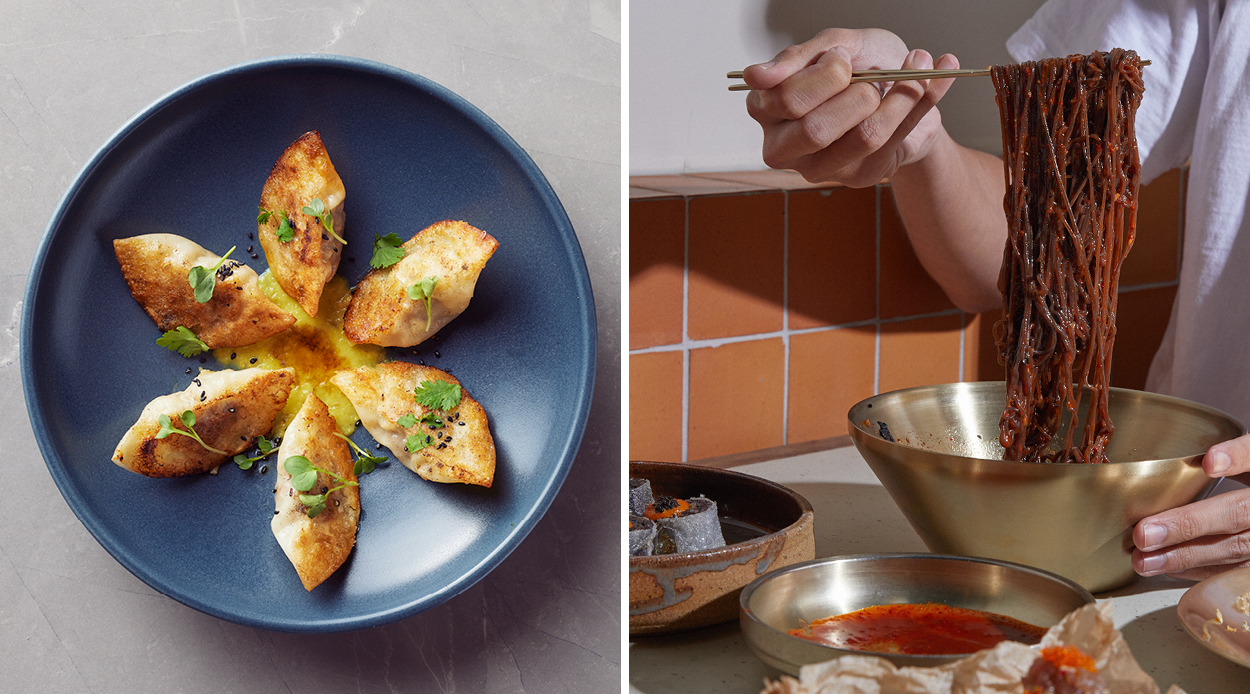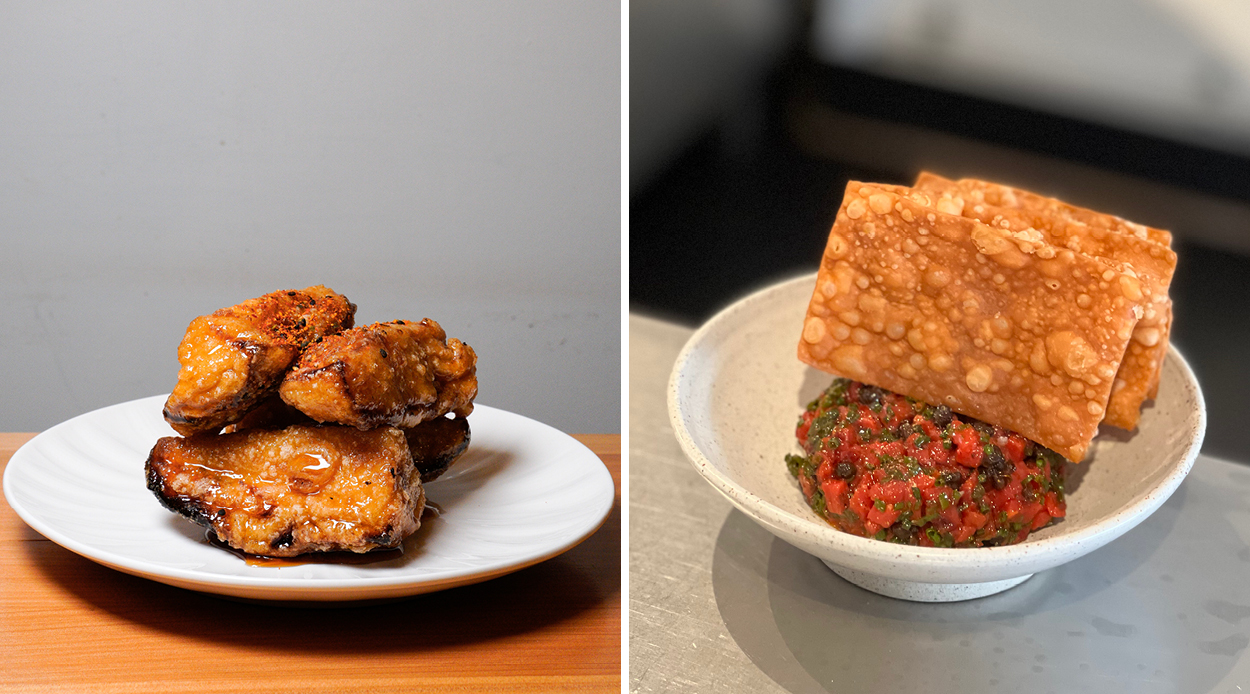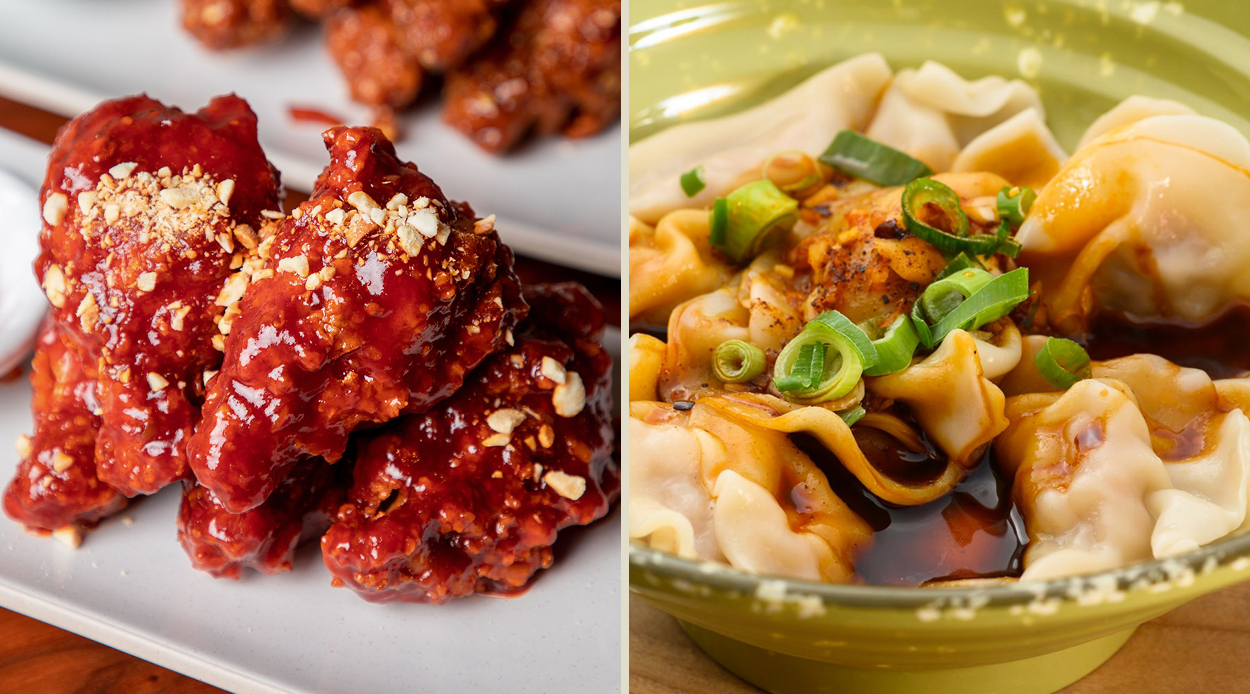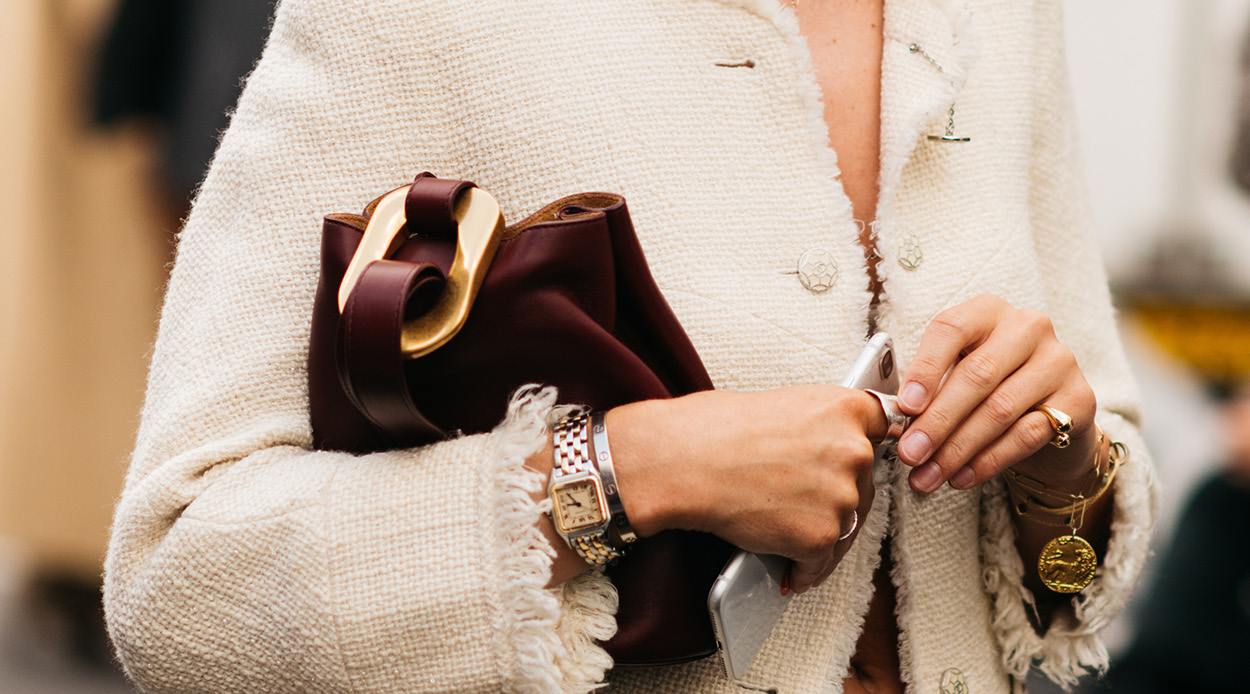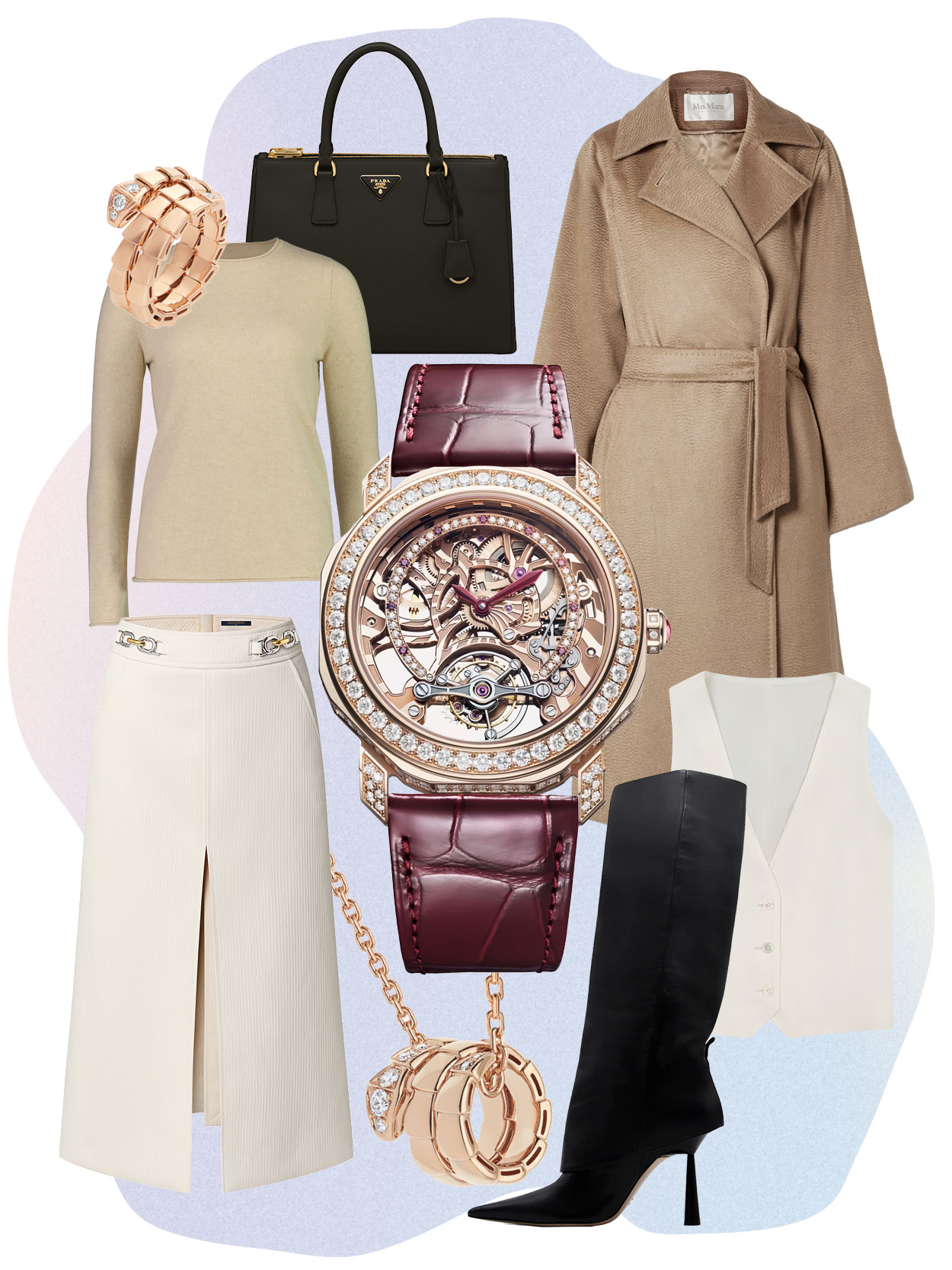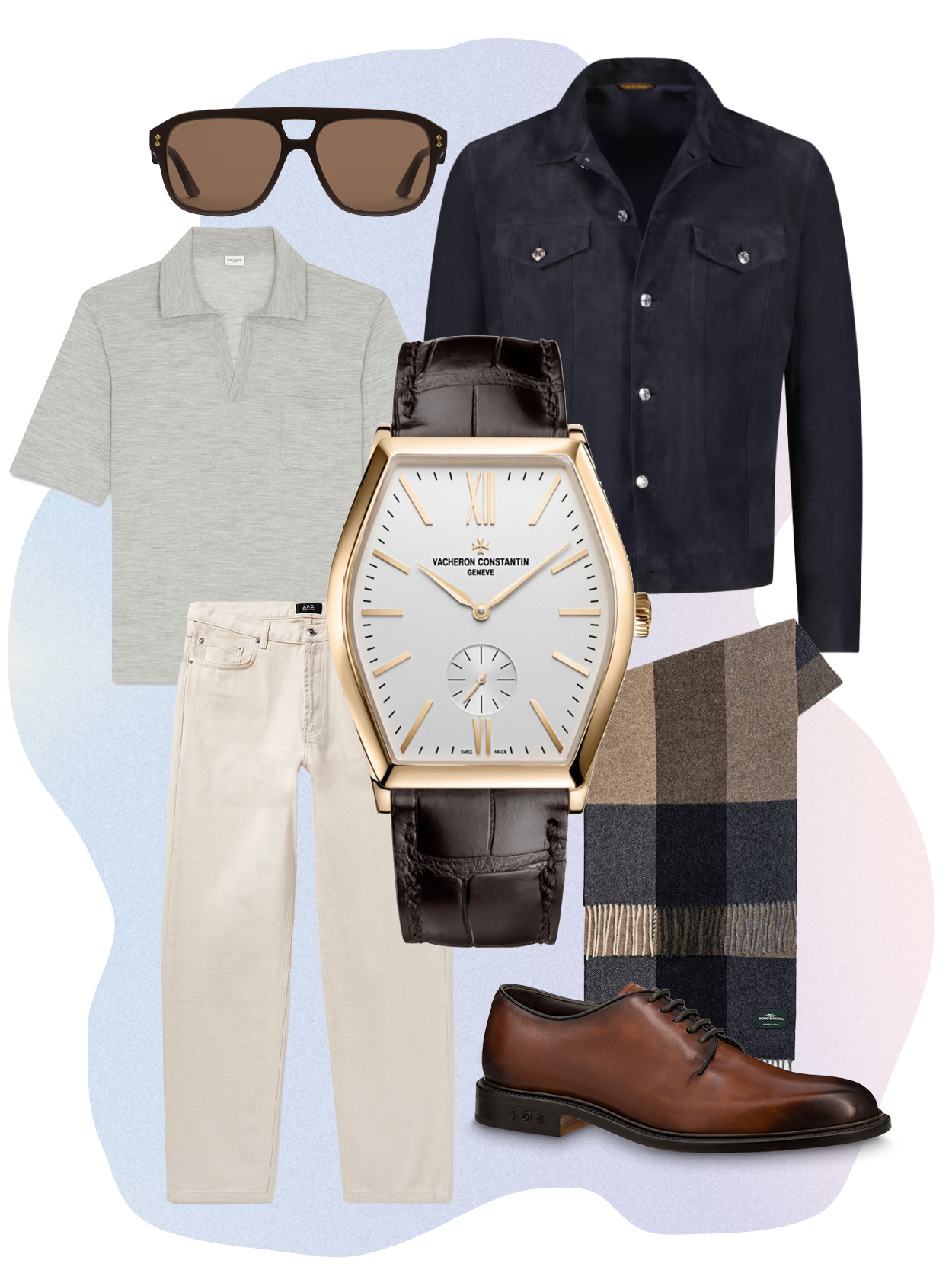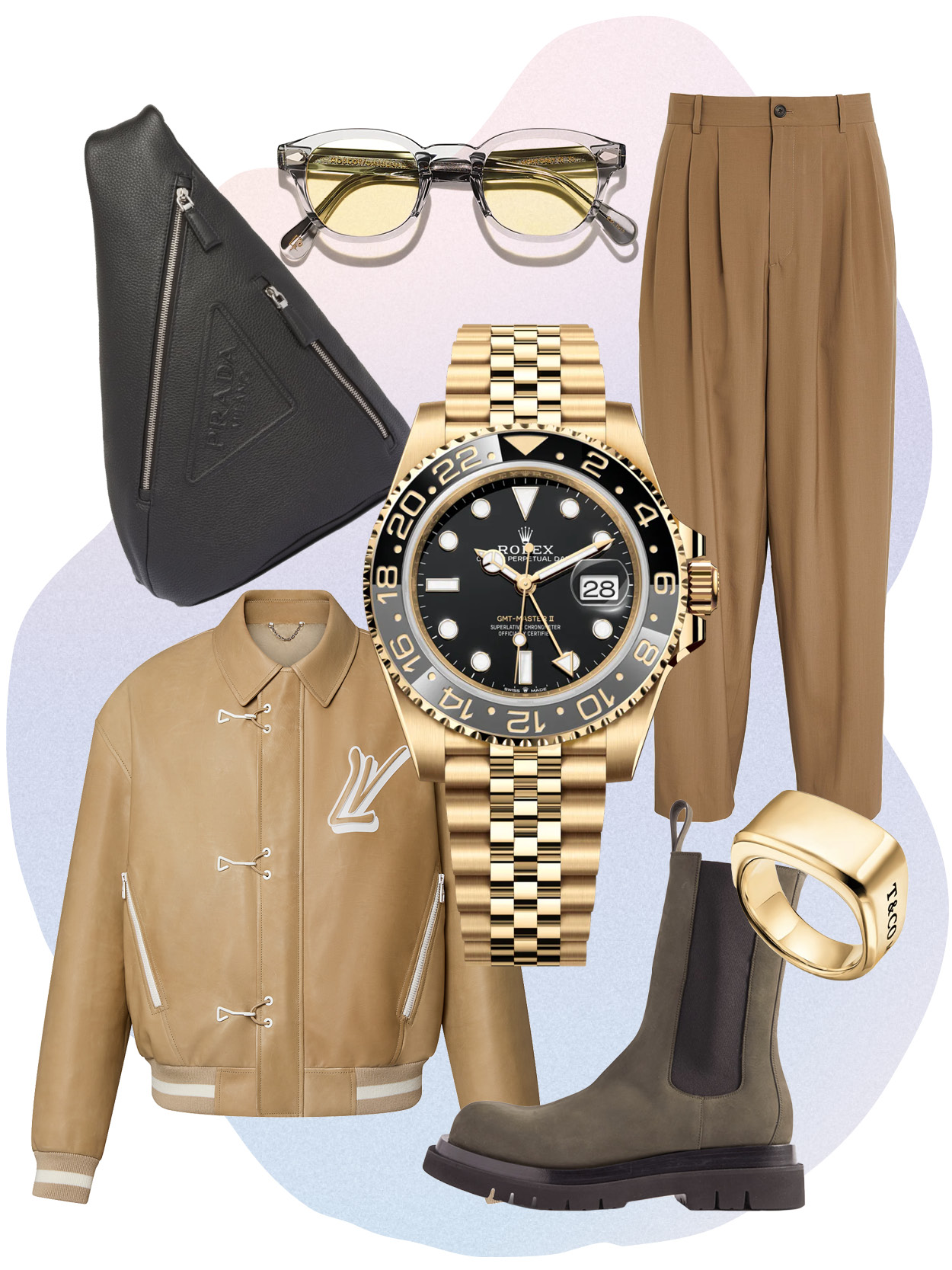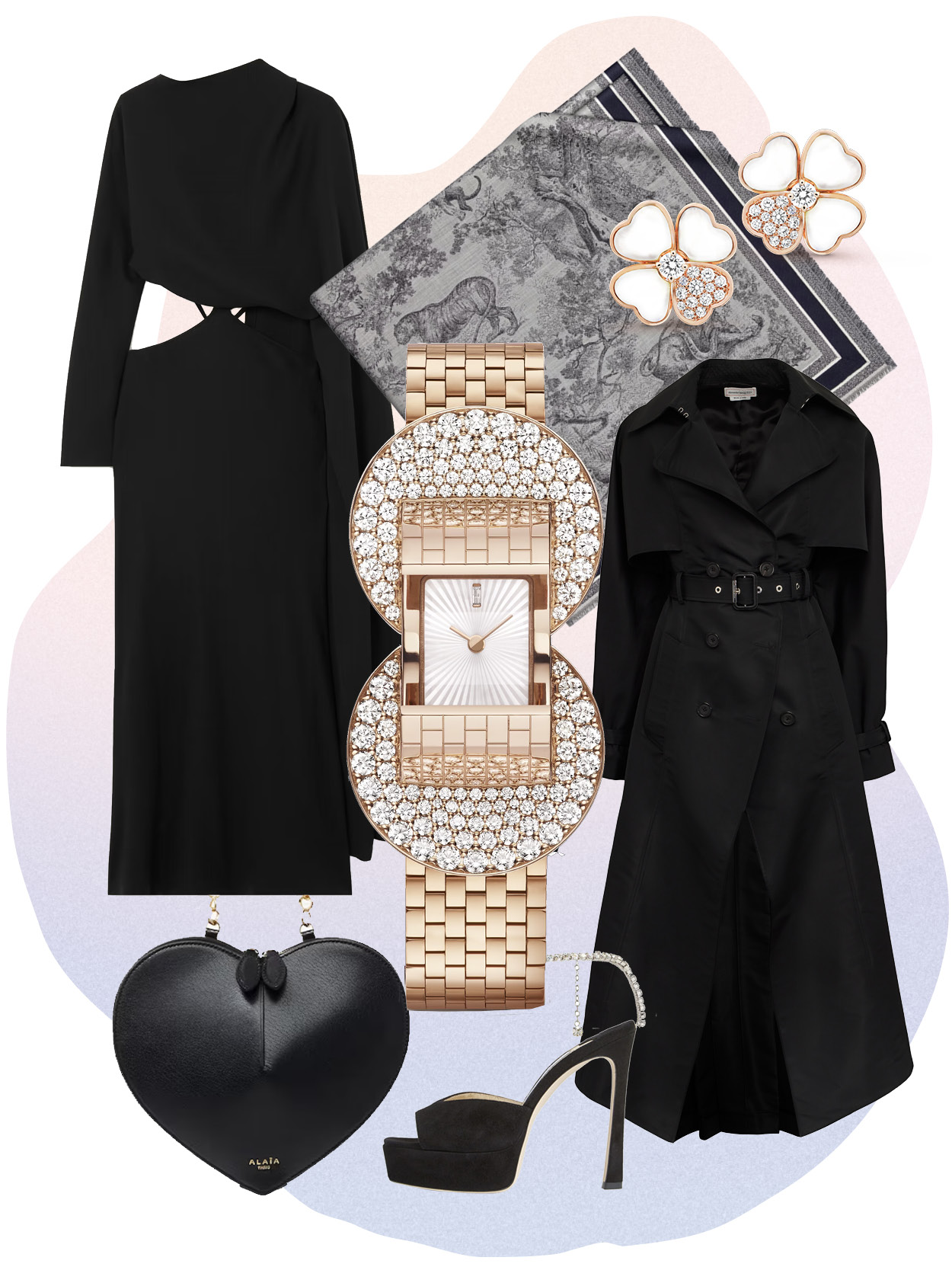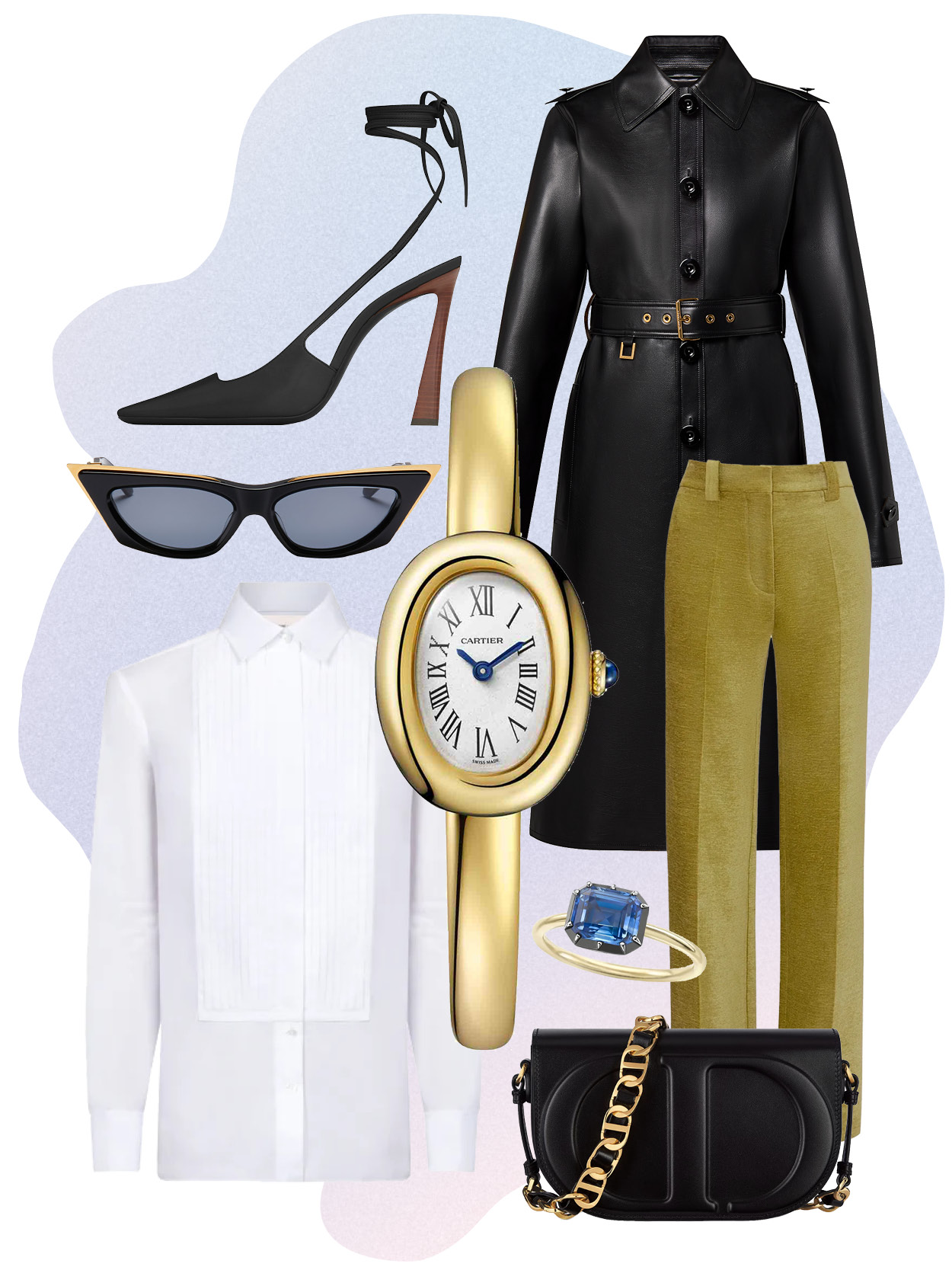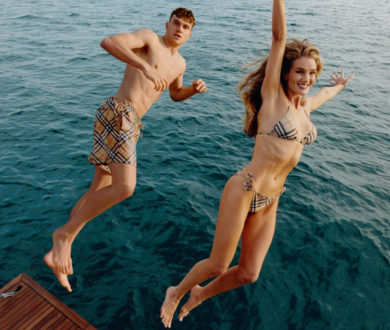In planning a European summer, there’s a slim itinerary of places we find ourselves drawn to free from large crowds or too many tourist traps. Instead, if a Northern Hemisphere summer escape is on your agenda this year, we suggest heading to destinations that are still easy to get to but that perhaps aren’t the default when planning a European soujourn. This kind of itinerary is made exponentially easier, by employing the help of Air New Zealand’s OneSmart Prepaid Travel Money Card, a cost-effective and endlessly rewarding alternative for vacation spending.
Able to be preloaded with eight foreign currencies, including the all-important Euro, the OneSmart card is the simplest way to manage your travel budget (and accumulate Airpoints Dollars as you spend), meaning more room for shopping, dining, and succumbing to the full holiday experience. Able to be used everywhere that accepts Mastercard, it allows you to lock in foreign currencies at the daily exchange rate, instantly load money to your OneSmart account with debit loads^ (so no internet banking, or wait time) and withdraw local currency from ATMs.
But perhaps the best benefit of all is the accumulated Airpoints Dollars, which, when on holiday overseas, will swiftly stack up and can contribute towards your airfare home (or your next overseas adventure). Accumulating at an impressive rate, OneSmart users will earn 1 Airpoints Dollar for every $100NZD spent overseas on eligible purchases. Ultimately, it’s about making travel easier, allowing you to spend your money on memories made and getting the most out of your trip. After all, holidays like these are about living in the moment. And by travelling a little smarter, those moments can be enjoyed just that little bit more.
And so, with that in mind, we have rounded up three of our must-visit destinations for the Euro summer ahead, with an itinerary that spans beach holidays, luxurious lake visits, and cool city escapes — made all the more possible with OneSmart.
Lisbon, Portugal
Lisbon seems to be in a dreamlike state, built on hills, with narrow streets that wind down to the Tagus River. The pastel-coloured buildings, ornate tiles and intricate architecture are frozen in time, the aroma of freshly baked bread and pastries wafts through the air, and the sound of Fado music echoes through the streets, creating an atmosphere that is both nostalgic and alive. Lisbon is a city that seems to be suspended between its rich history and its vibrant present, beckoning visitors to explore its many secrets and immerse themselves in its unique charm.
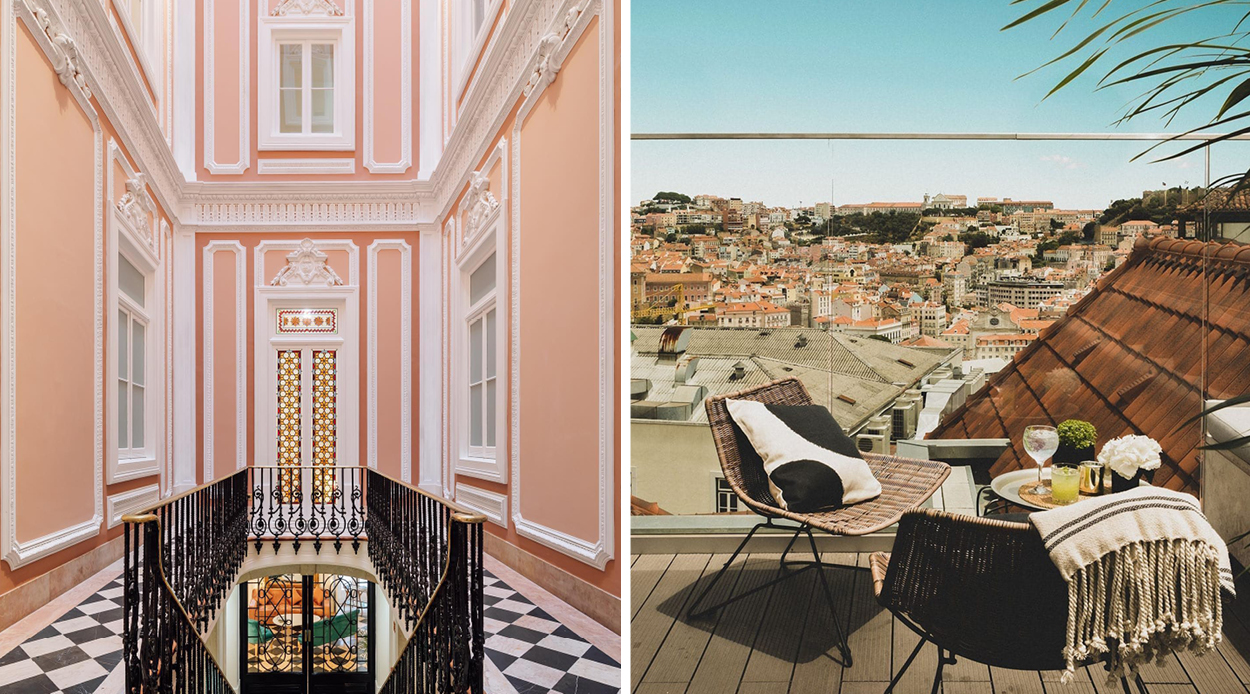
Stay: Santa Clara 1728 should be one’s first port of call for an utterly chic stay emulating a private, intimate residence. In stark contrast, the Signature Suites at Palacio Principe Real are grand and stately while still reflecting the City’s vibrant heart, and a stay at The Lumiares offers a similar tone while playing host to one of the best rooftop bars.
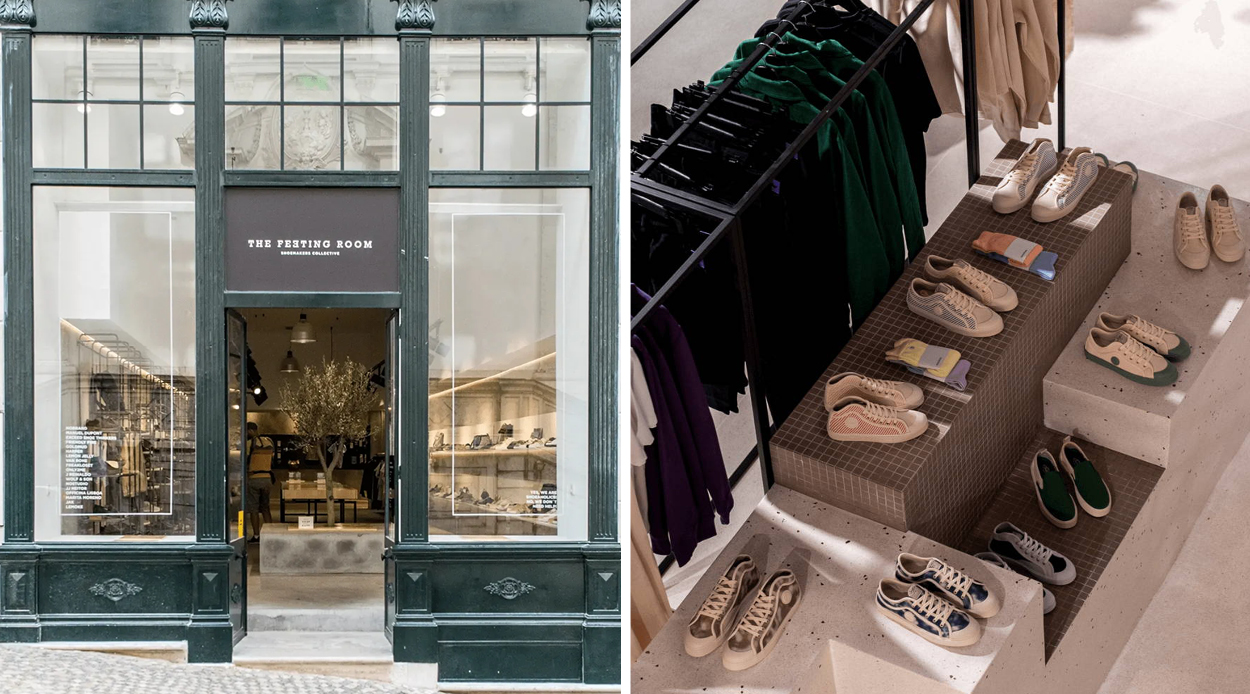
Shop: More destination than shop, per se, LX Factory is a hive of culinary, cultural and retail excellence. Concept store The Feeting Room offers a considered curation of local and international designers. If you’re feeling bold, Feira da Ladra, a vintage flea market, is renowned as home to some of the best vintage finds.
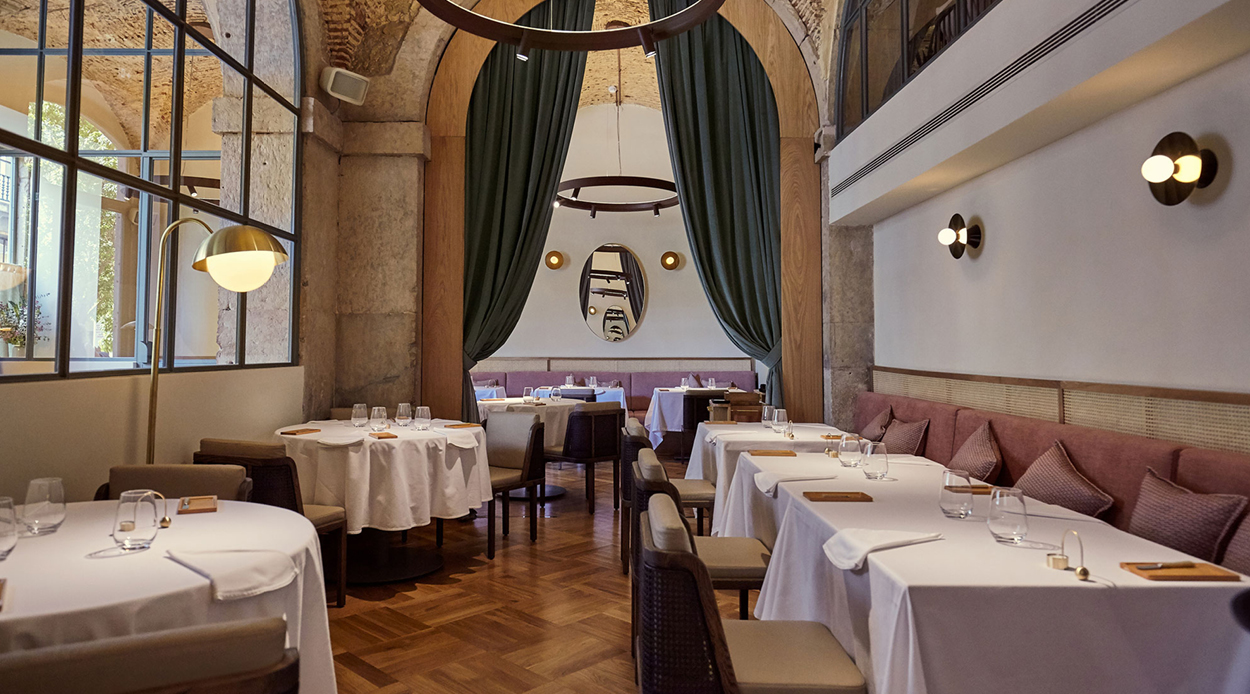
Dine: While indulging in a few Pastel De Nata are essential for any trip to Portugal, you’ll often find the best custard tarts at hole-in-the-wall style bakery around the City. While hotel restaurants can be hit or miss, BAHR is a delicious success; bohemian and sleek, it feels like the epitome of holiday dining. But fine dining establishment, Belcanto (and its two Michelin stars) is the crown jewel of Lisbon’s culinary scene, offering innovative and modern Portuguese classics. Lisbon’s Copenhagen Coffee Lab is also a must-visit for decent coffee in these parts.
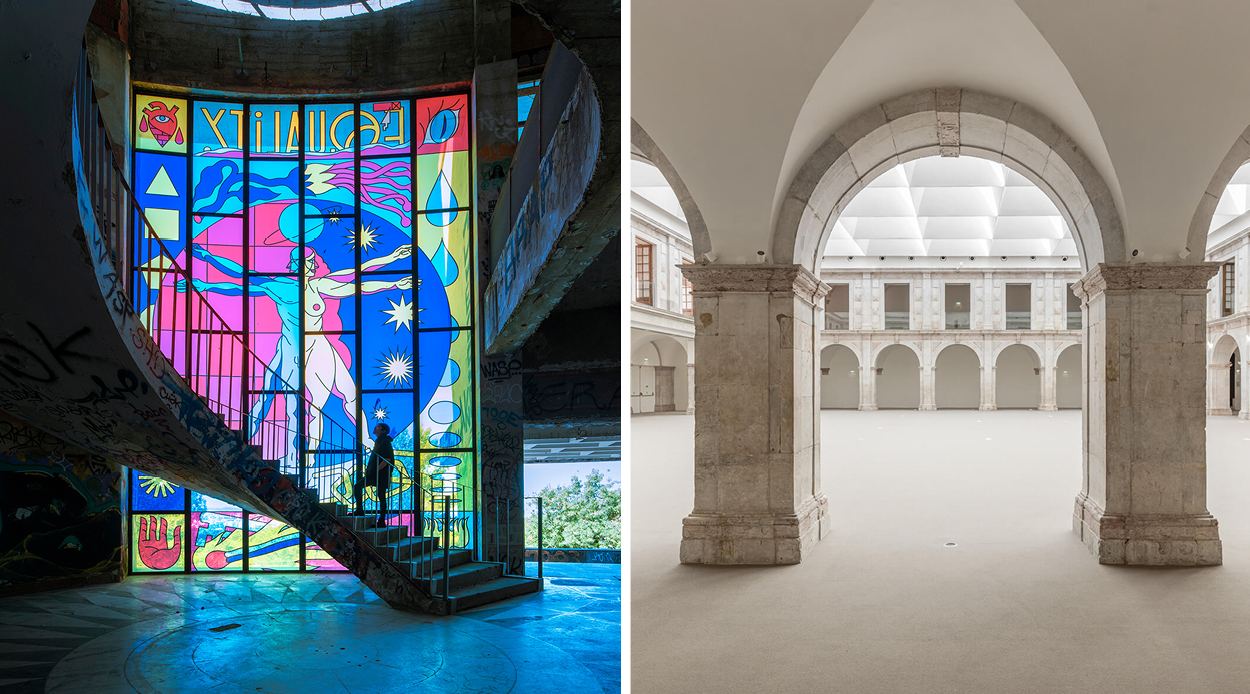
Do: Lisbon is a City shrouded in culture, with impressive, monolithic architecture across its churches and cathedrals, most of which are open to the public. National Azulejo Museum showcases the rich history of ornate tiling, Calouste Gulbenkian Museum exists as an art-filled oasis, and the Museum of Art, Architecture and Technology (MAAT) is an architectural wonder in itself. A day trip to nearby Cintra is also necessary. If you find yourself sick of local beaches, we’d advise extending your trip to visit The Islets of the Azores, a remote paradise in the North Atlantic Ocean.
Antwerp, Belgium
Antwerp, Belgium’s second-largest city, is a necessary destination for design enthusiasts and architecture aficionados. With a rich history as a centre for diamond trading and fashion, the city is effortlessly chic, boasting stunning medieval architecture alongside sleek modern design. Antwerp is also home to numerous museums and galleries showcasing contemporary art and design. Whether you’re strolling down the picturesque streets or exploring the city’s many museums and galleries, the city is a vibrant and unforgettable experience for any traveller.
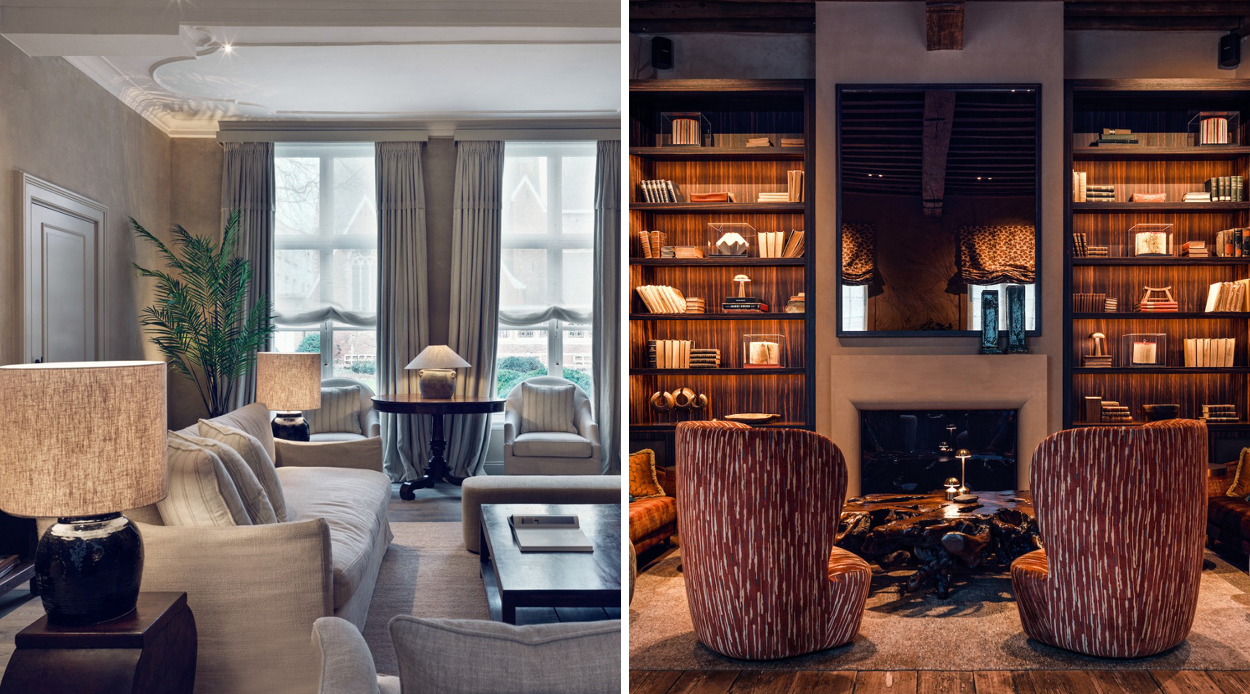
Stay: A night at the Vincent van Duysen-designed August is essential for any design-inspired traveller. For an all-encompassing stay, Botanic Sanctuary has garnered an international name for its fine dining and spa offerings, whereas Hotel Flora offers an intimate, bespoke experience, where maximalism exists in stark contrast to modern, minimalist designs.
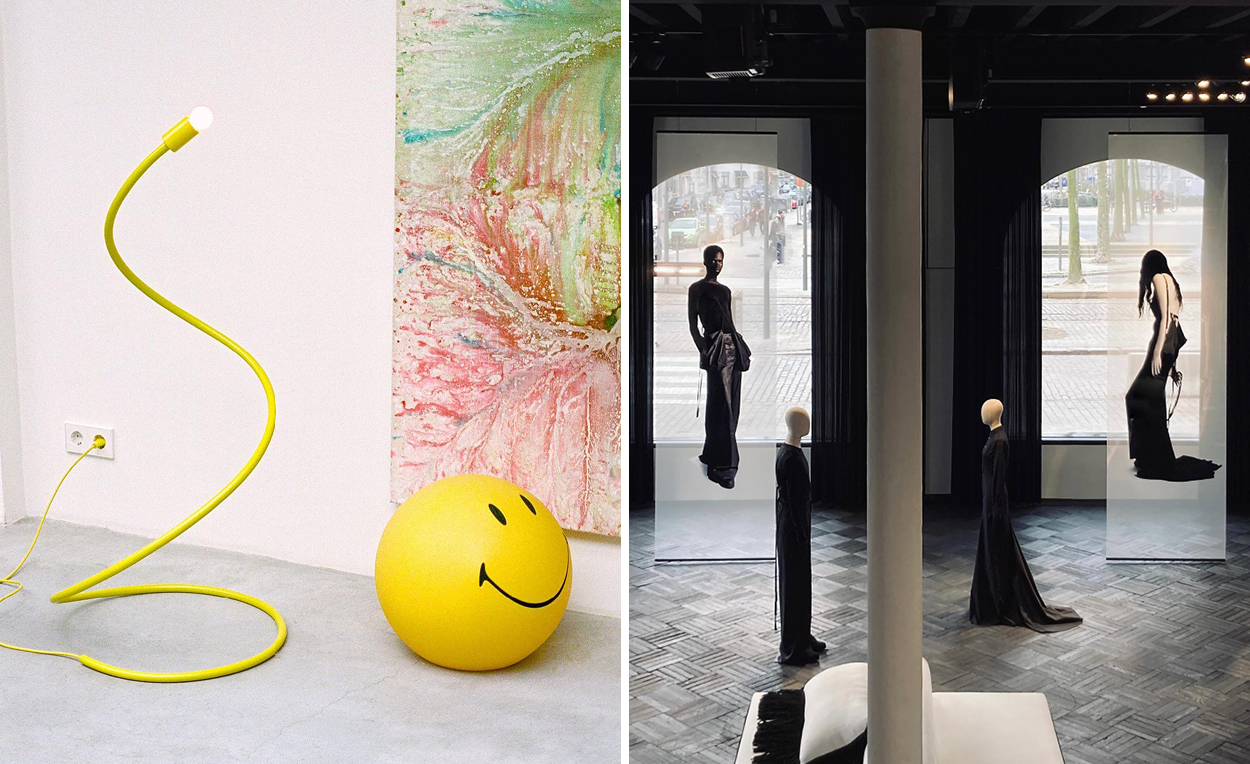
Shop: A city known to beat Milan and Paris for its creative edge, and home to the iconic Antwerp Six, shopping here should be taken seriously. A trip to both the Dries van Noten and Ann Demeulemeester flagships should be regarded essential, as is the Vincent van Duysen designed boutique, Graanmarkt13. Ganterie Boon is a family-owned, artisan glove maker, and Magazyn is an inimitable design and concept store, offering ample inspiration and tchotchkes to take home.
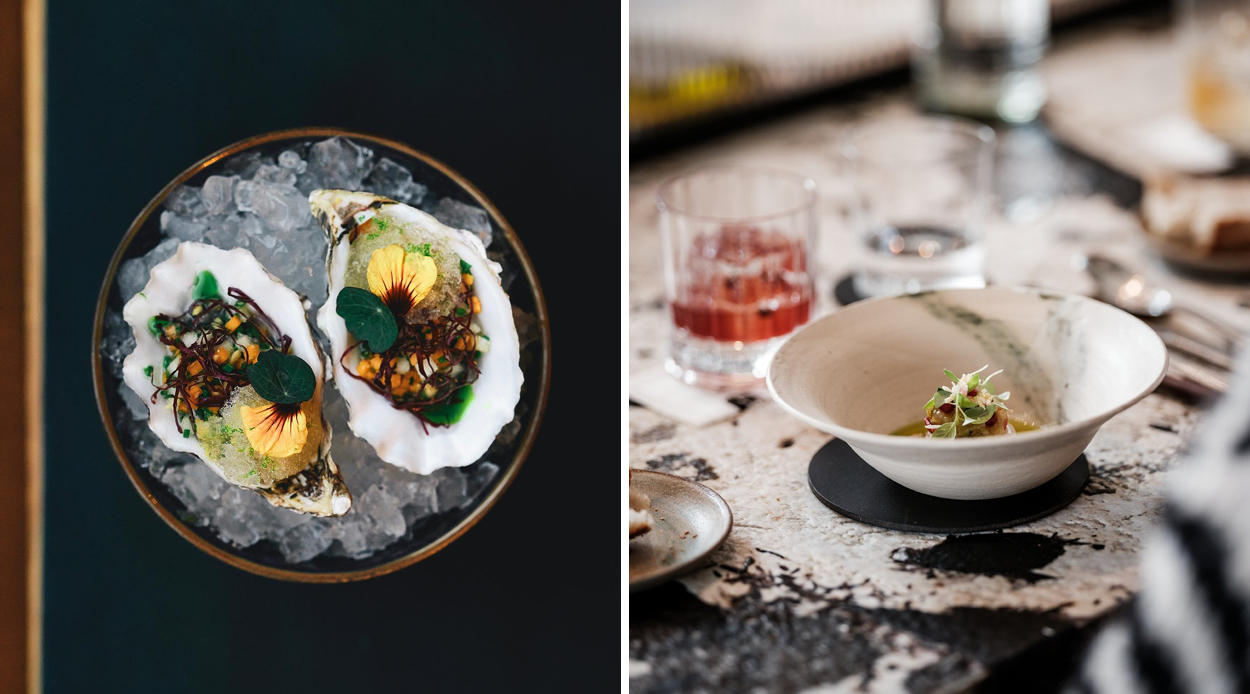
Dine: Recently named one of the world’s top 50 restaurants, The Jane is an exquisite fine dining experience that should form the cornerstone of your visit (although be sure to book well in advance). Both Le Pristine and Album offer a more relaxed affair, but still a totally delicious one, and Camino is perfect for a bottle of natural wine and some plates to share.
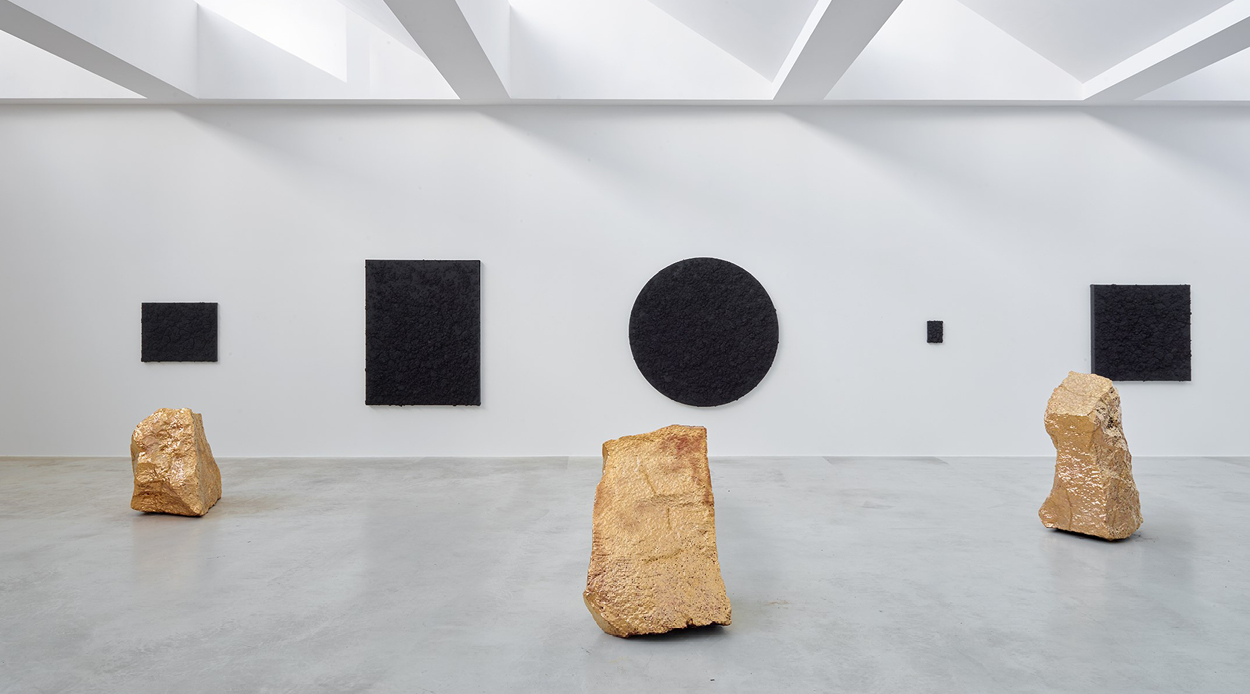
Do: Regarded as one of the most beautiful stations in the world, Antwerpen Centraal is most deserving of a visit, even just for the architecture alone. Museums and galleries here are aplenty; the Axel Vervoordt Gallery being a haven of design, and ModeMuseum an archive of fashion. For those seeking fresh air, Middelheim Museum Art Park is home to an impressive collection of sculptural art.
Lake Como, Italy
In the northern reaches of Italy, Lake Como is a place of timeless beauty (the kind about which novels have been written). Nestled in the foothills of the Alps, the lake is surrounded by relentlessly picturesque towns and villages, each with its own unique character. It is a place where time seems to slow down, where the only sounds are the gentle lapping of the water or a party nearby. The villas that dot the shoreline are a testament to the area’s rich history, and a reminder of the glamour and sophistication that have drawn visitors to Lake Como for centuries. In this idyllic setting, it is easy to forget about the hustle and bustle of the outside world and immerse oneself in the beauty and tranquillity of this fairytale-like destination.
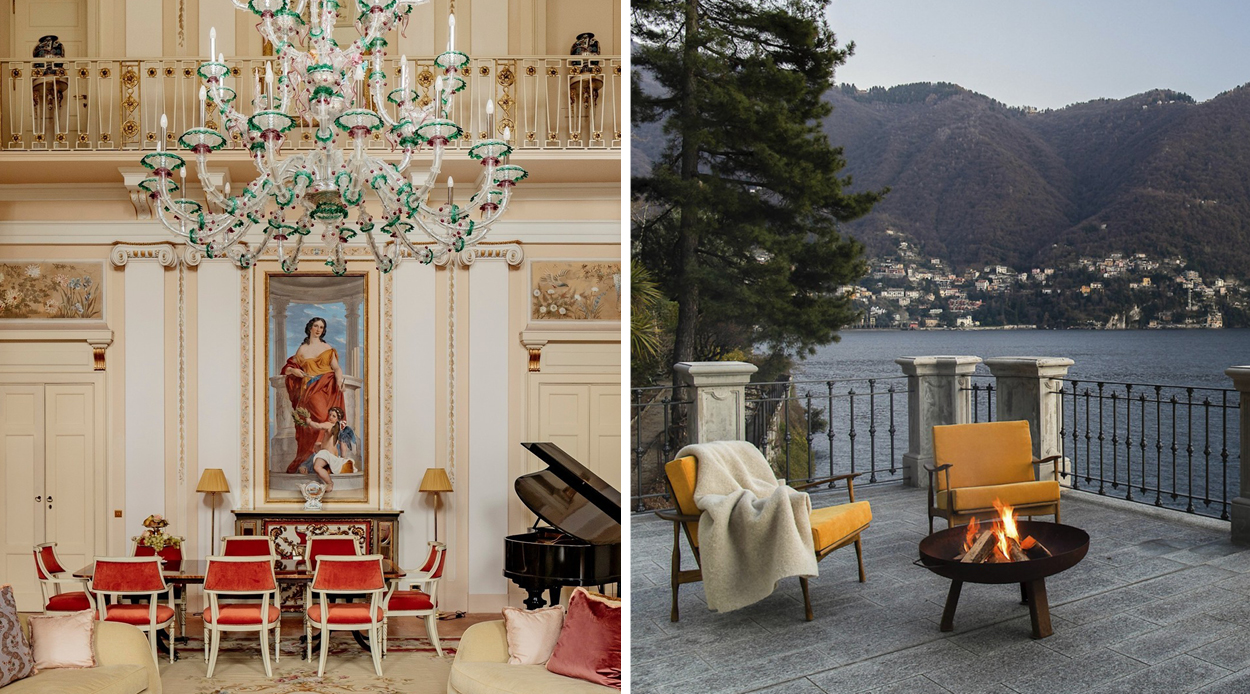
Stay: Having only opened last year, the lake’s latest luxury hotel Passalacqua is the younger, smaller sibling to the Grand Hotel Tremezzo, which offers a palatial-style experience where luxury meets every detail. For a more intimate, private stay, we’d not look past Villa Peduzzi, which from its vantage point perched high above the towns below, is a luxurious, architecturally-designed residence, or Laglio Lake Suite, which is one of very few suites that open directly onto the shores.
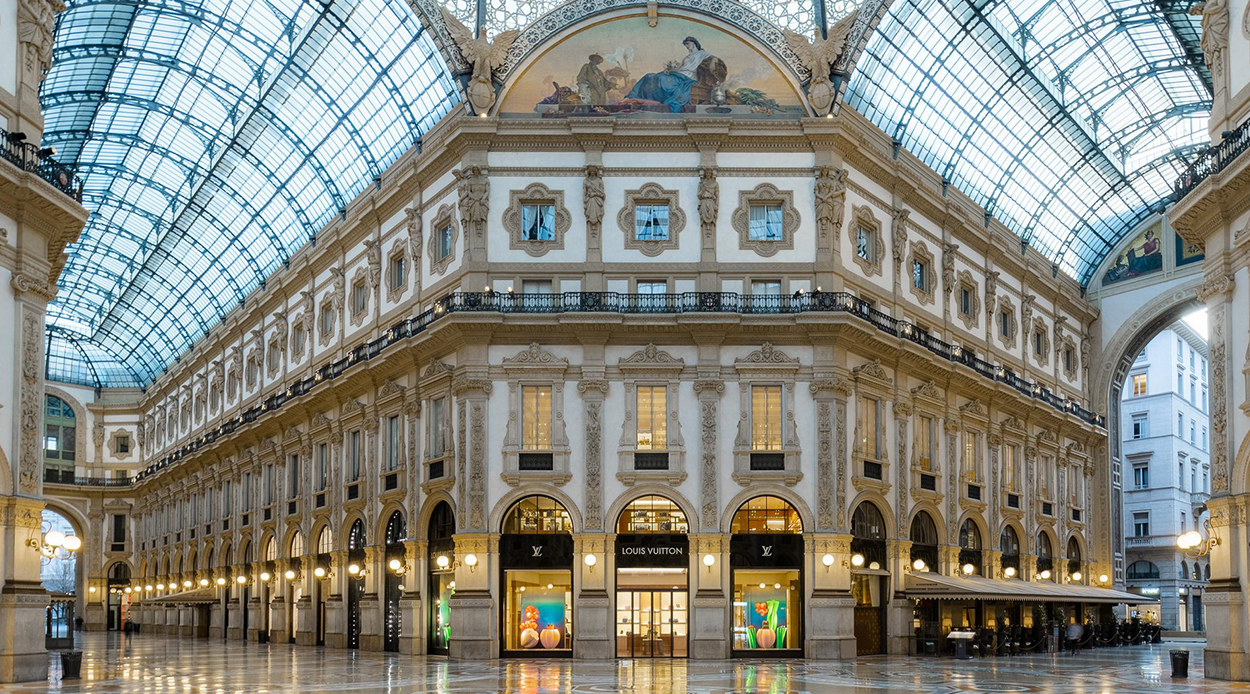
Shop: We think any shopping in the northern region is best reserved for Milan, less than an hour down the road from Como itself. However, the Italian Lakes hosts an endless raft of cute boutiques (specialising in silks), micro-galleries and designer outlets, where one can quite easily find a one-off sample or a coveted out-of-season piece.
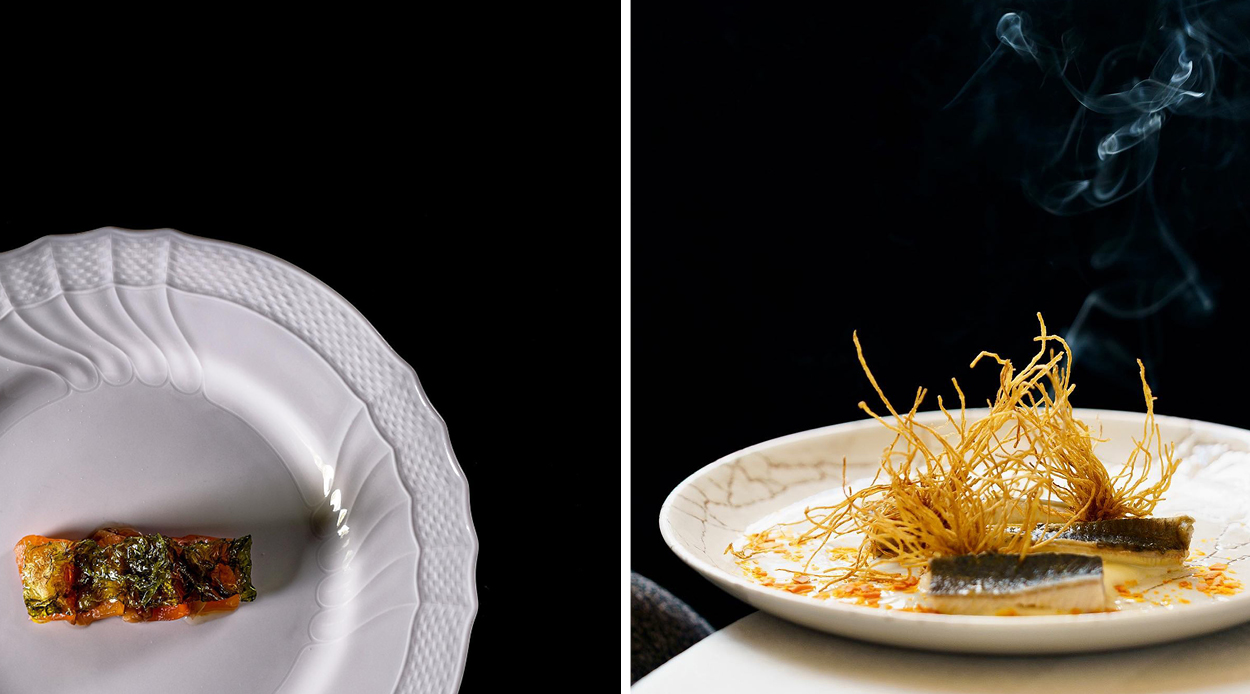
Dine: Dining in the Lake Como surrounds feels as authentically Italian as it gets. With a whole raft of Michelin-starred restaurants in the region, we find ourselves hard-pressed to look past Materia, beloved for intricate fine dining that nods to Italian heritage, and Feel Como, which presents itself as a more refined, modern trattoria. Harry’s Bar is essential dining, too, with more rustic plates (read: large helpings) and the quintessential terrace view of the lake and beyond.
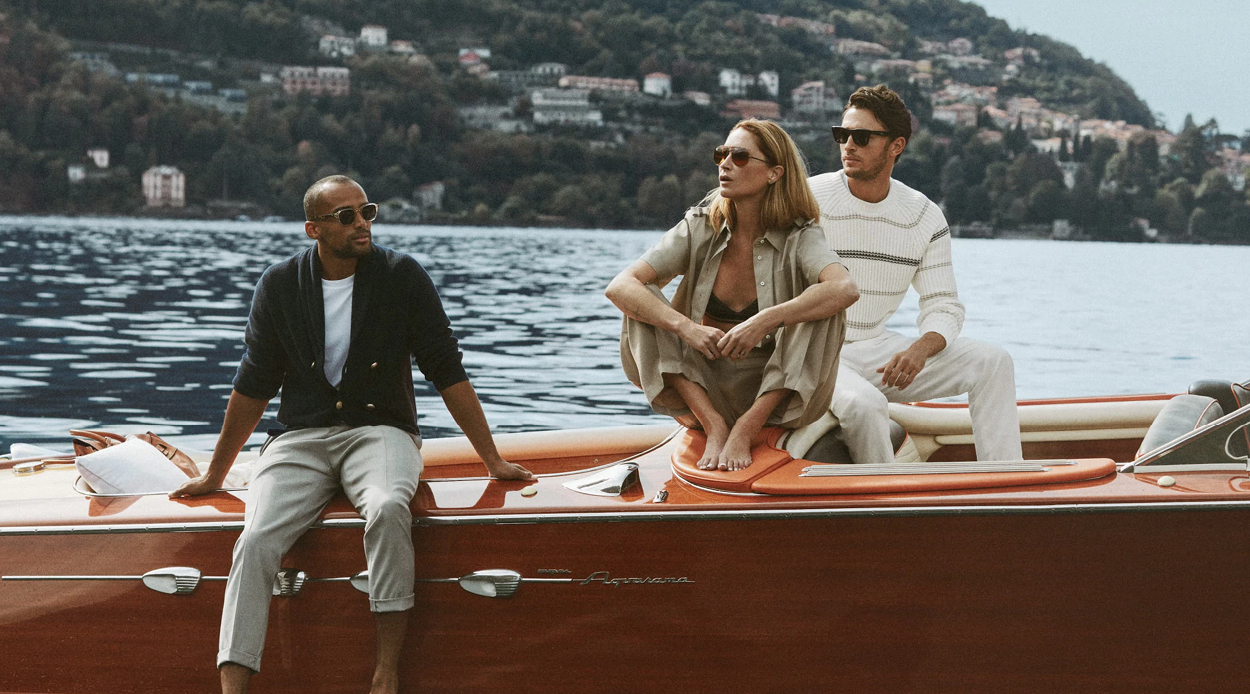
Do: The beauty of Lake Como is in the slower pace of life it offers. With its roots in aristocratic reprieve, exploring the beautiful villas that open onto the lake’s shores is necessary. Private boat tours allow you to take in the grandeur and experience the unrivalled natural beauty of the destination. For those who love getting out, the region is a gateway to seriously stunning walks, such as the Sentiero del Viandante. That said, one could easily enjoy a holiday here spent on a lounger, utterly engrossed in a good book.
When undertaking holidays of such calibre, we’re firmly convinced that immersing ourselves in the experience makes for those genuinely memorable moments. And by travelling a little smarter, (by using Air New Zealand’s travel card that earns while you spend), it begs the case for more holidays just like these. In essence, OneSmart is an innovative concept we can easily get behind — a card that we’ll most certainly be packing to make the most of our European travels ahead. Learn more about OneSmart and request a card here.

